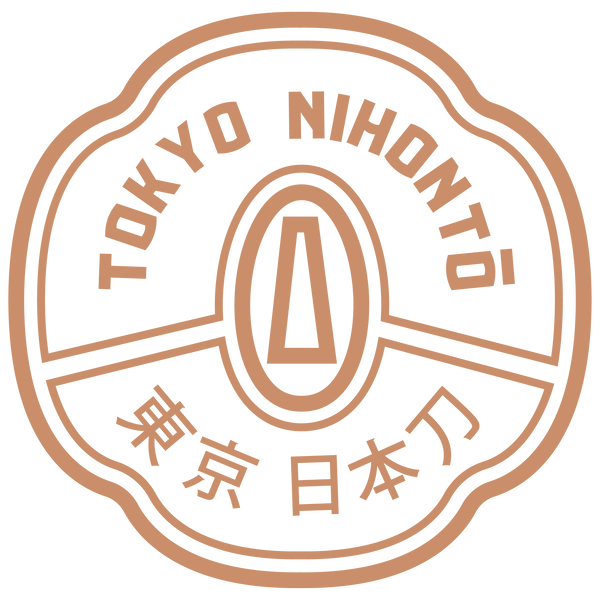Tokyo Nihonto
Katana by Masayuki, Muromachi Period - NBTHK
Katana by Masayuki, Muromachi Period - NBTHK
Couldn't load pickup availability
Having a question ? Contact us here.
This intriguing Katana takes us back to the later Muromachi (Eisho-Tensho) era, steeped in the artistry of traditional Japanese sword-making. With a kin zogan mei attributing the blade to Masayuki, it comes with an NBTHK Tokubetsu Kicho kantei-sho dated October 8, 1967, further validating its provenance. Intriguingly, an inscription on the blade reads: "信国義昌揚" ("shortened by Nobukuni Yoshimasa"), indicating a possible modification to the blade's original length.
The nagasa of the blade measures 67.4 cm, with a sori (curve) of 1.4 cm. Its sugata (body) displays a shinogi-zukuri, iori-mune design with an average mi-haba (width) that tapers elegantly to the tip. The kasane (thickness) is also of average thickness, and the kissaki (tip) is of medium length. The slight shallowness of the sori and the typical katate-uchi shape add to its distinctiveness.
Examining the jihada, the blade exhibits a ko-itame mixed with masame. The presence of fine ji-nie testifies to the blade's quality, and its steel has been tightly forged. Kitae-ware can be spotted in the bo-hi, adding a characterful touch. The hamon presents a classic chu-sugu-ha with a bright ha-buchi lined in ko-nie, while the boshi manifests as ko-maru with a lengthy return.
The nakago appears machi-okuri with four mekugi-ana, one filled with copper. Adding an intriguing element, a shinobi-ana is present at the end of the nakago. The blade also features bo-hi horimono.
Despite initial attribution to Masayuki from Bizen, this katana is likely the work of the Bingo Masayuki group of the Mihara school from the Eisho to Tensho period. This deduction is due to the absence of the typical traits of Nanbokucho-era Bizen blades in this piece, such as great length, wide mi-haba, extended kissaki, and Soshu den influences in the hada and hamon.
Meanwhile, the Meikan lists several smiths from the Mihara school in Bingo using the Masayuki mei in the later Muromachi period. Blades from this period are often referred to as "katate-uchi" or "one-handed swords" and exhibit several features present in this blade. These features include its length, relative slenderness, light weight, shallow sori, medium kissaki, and the presence of a shinobi-ana. The blade's shape and features, along with the hada and the sugu-ha hamon, are typical of late Muromachi Mihara school work. The inscription, "shortened by Nobukuni Yoshimasa," is also consistent with an apparent machi-okuri shortening.
This katana is paired with an elegant buke-zukuri koshirae. It features a vermilion lacquered saya, a square-shaped, shakudo sukashi tsuba with temple window-shaped piercing and a silver fukurin. The kashira is made of tsuno paired with a fuchi crafted in shakudo, adorned with a wave design in kin zogan. The menuki are crabs in shakudo, adding a unique artistic touch. The habaki is a one-piece design with a copper base covered in silver foil.
This katana embodies the rich history of Japanese sword-making, drawing on the traditions of the later Muromachi era and the craftsmanship of the Mihara school. Its fine construction and elegant koshirae make it a valuable piece for any collector or admirer of Japanese art and culture.
This fine blade comes with a well appointed buke-zukuri koshirae. It features a vermillion lacquered saya, a square shaped, shakudo sukashi tsuba with temple window shaped piercing and a silver fukurin, and a tsuno kashira paired with a fuchi done in shakudo with a wave design in kin zogan. The menuki are crabs in shakudo. The habaki of a one piece design with a copper base covered in silver foil.
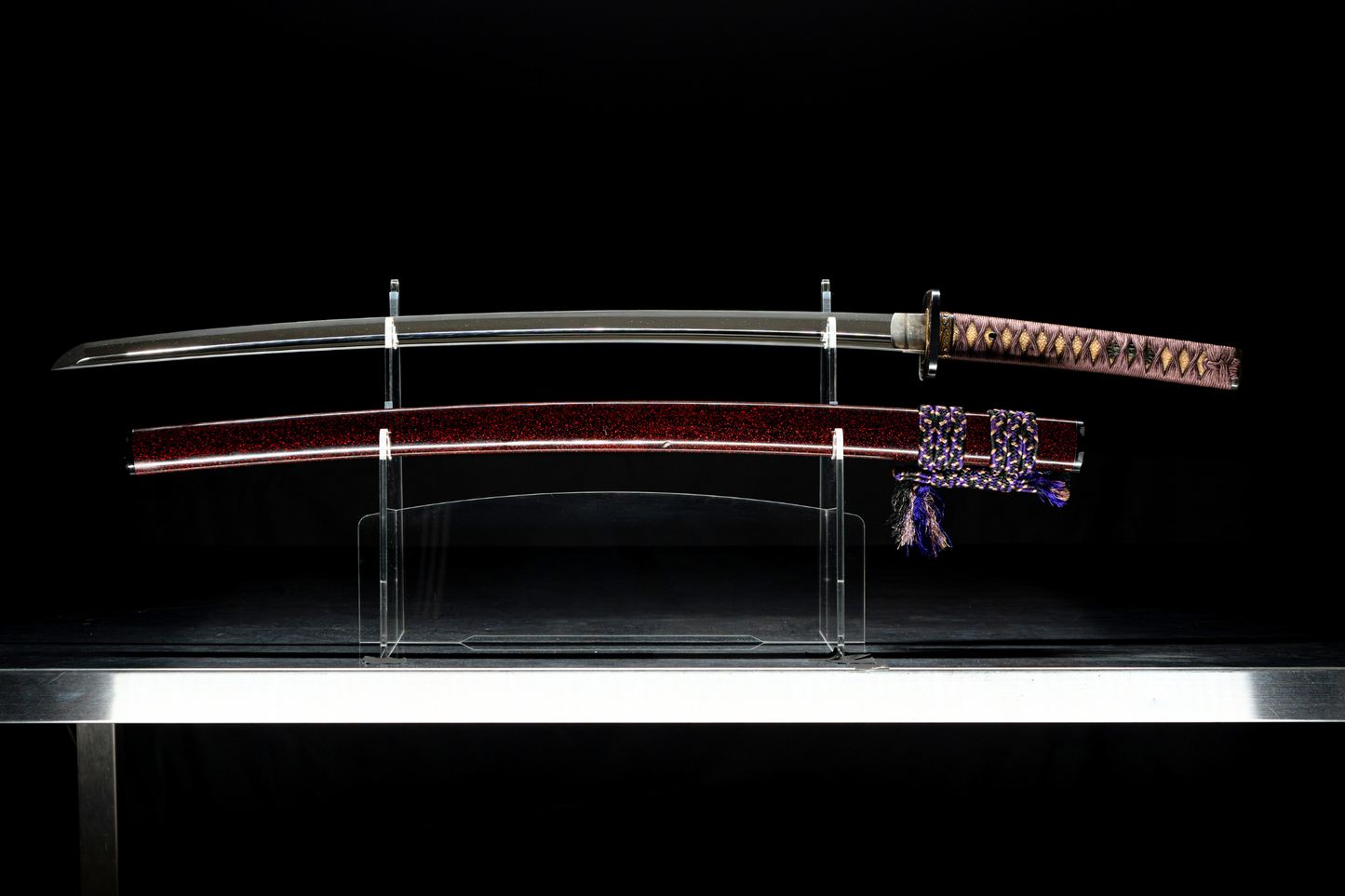
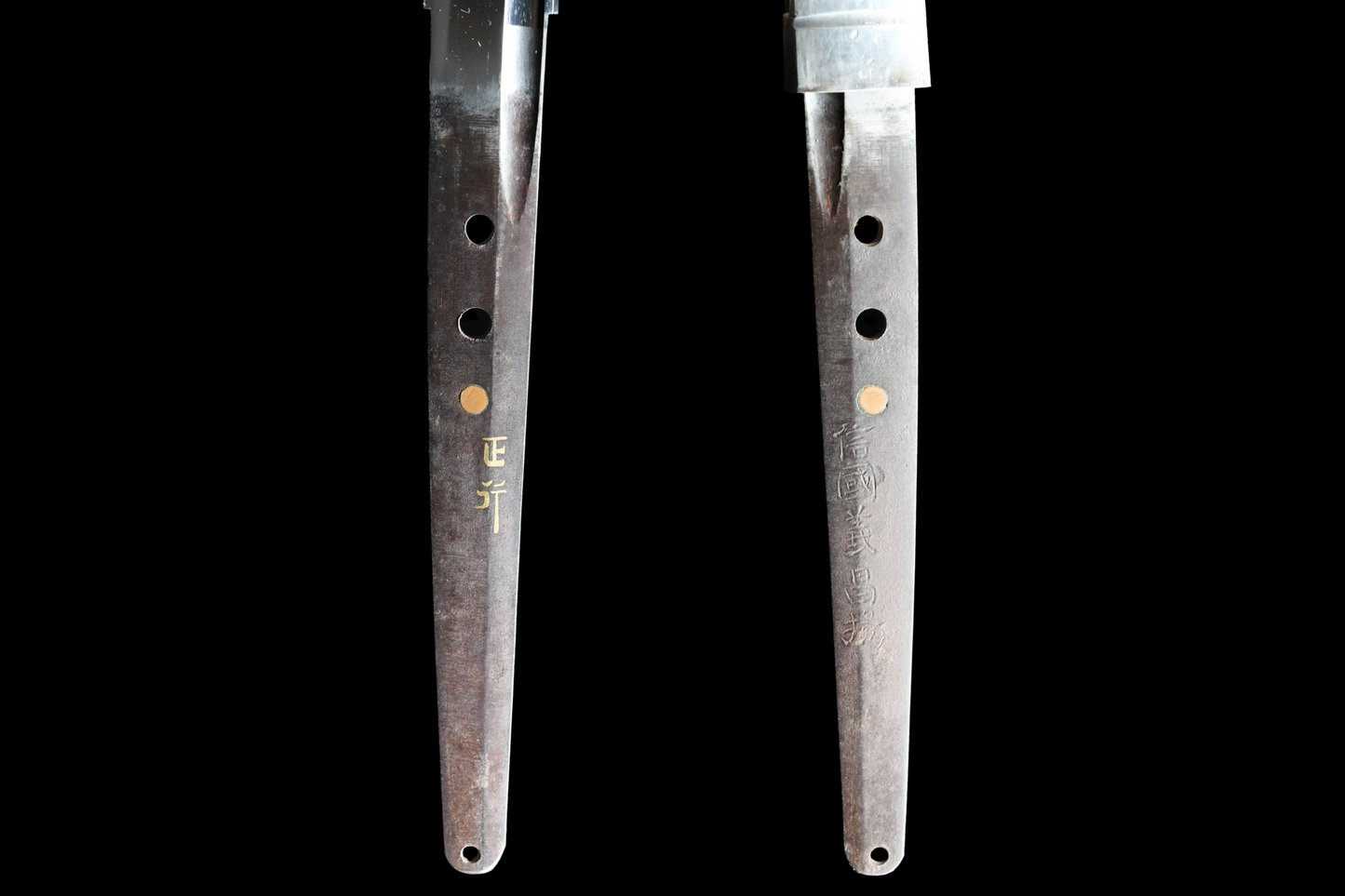
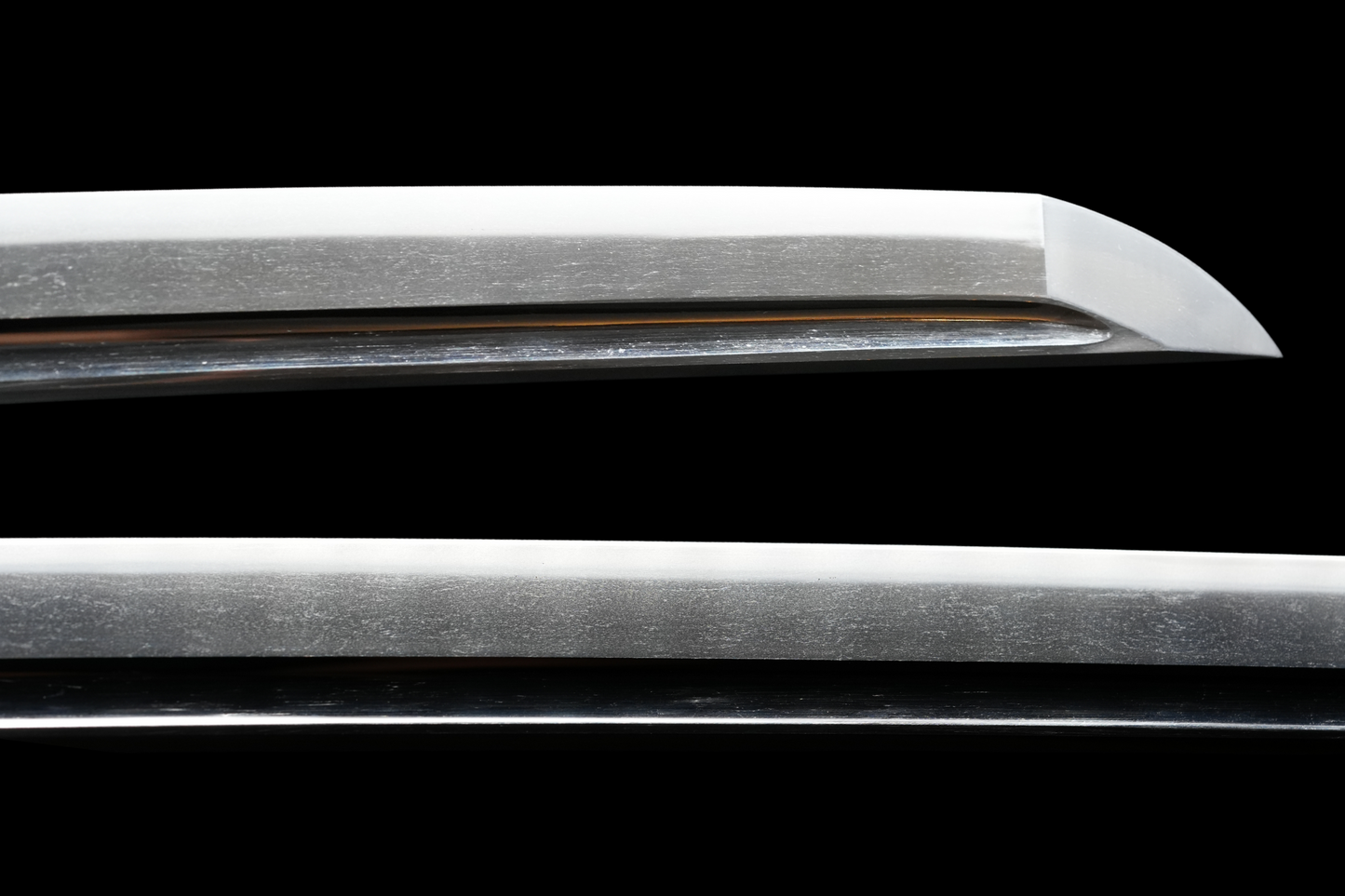
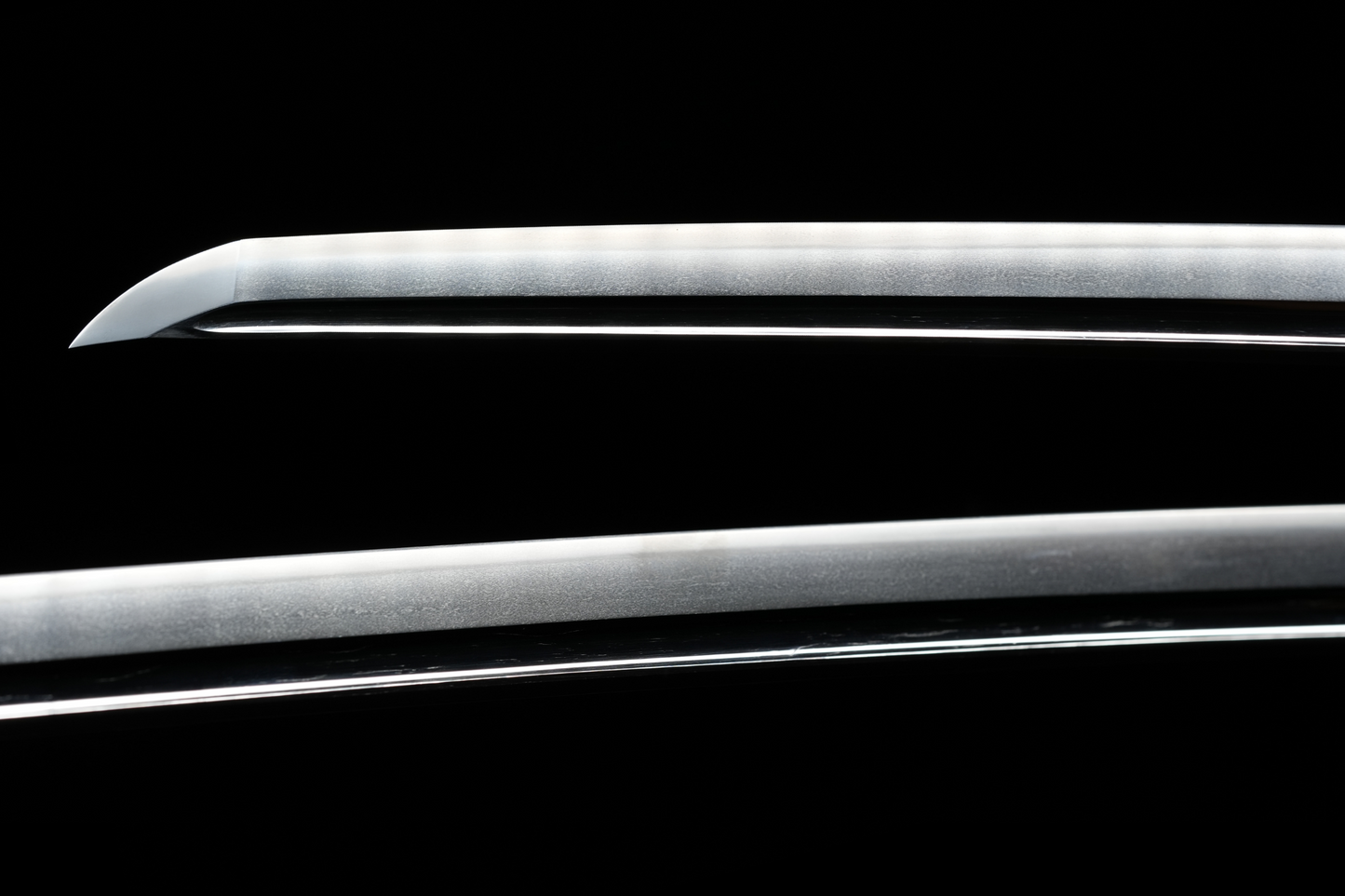
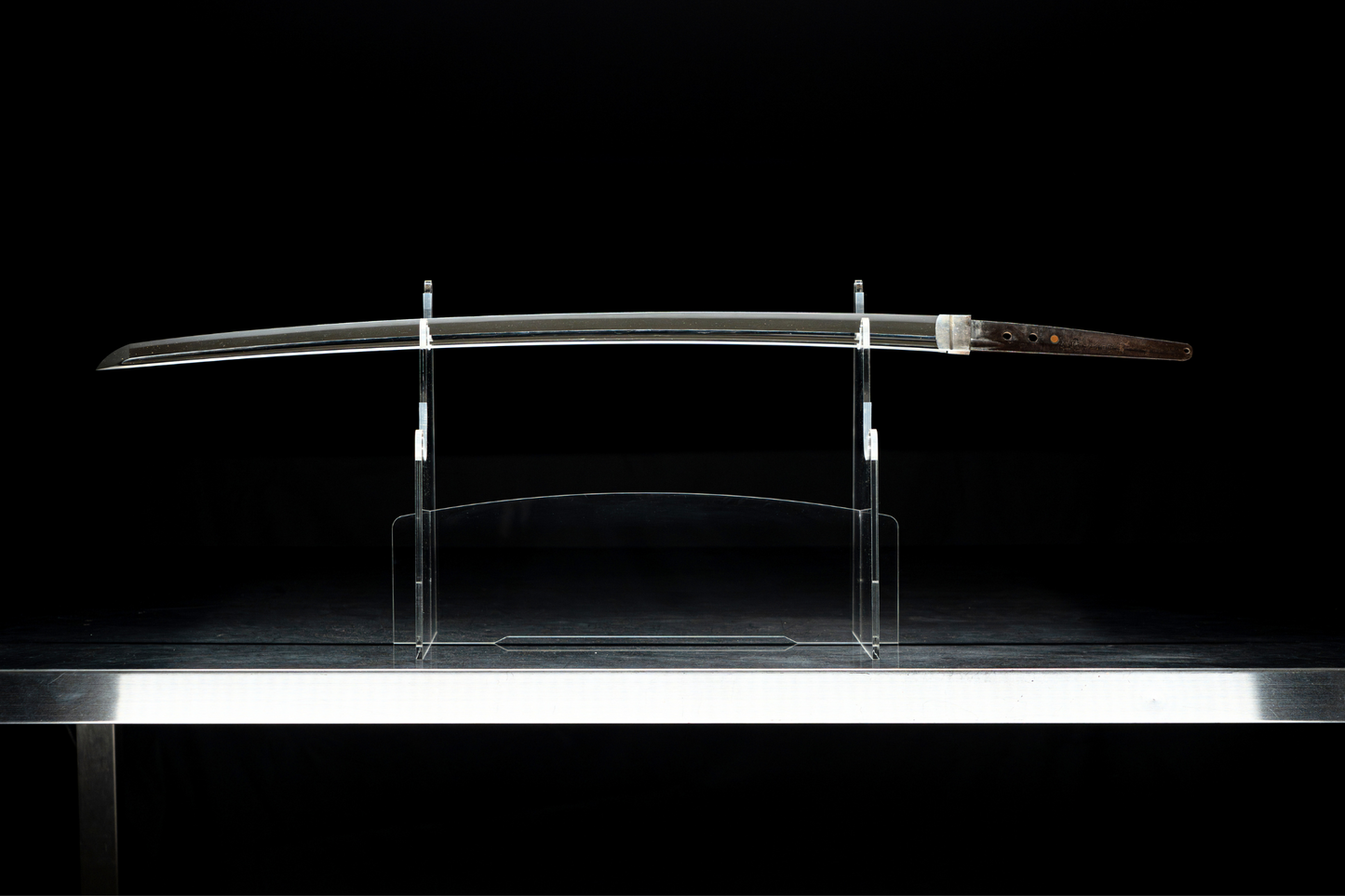
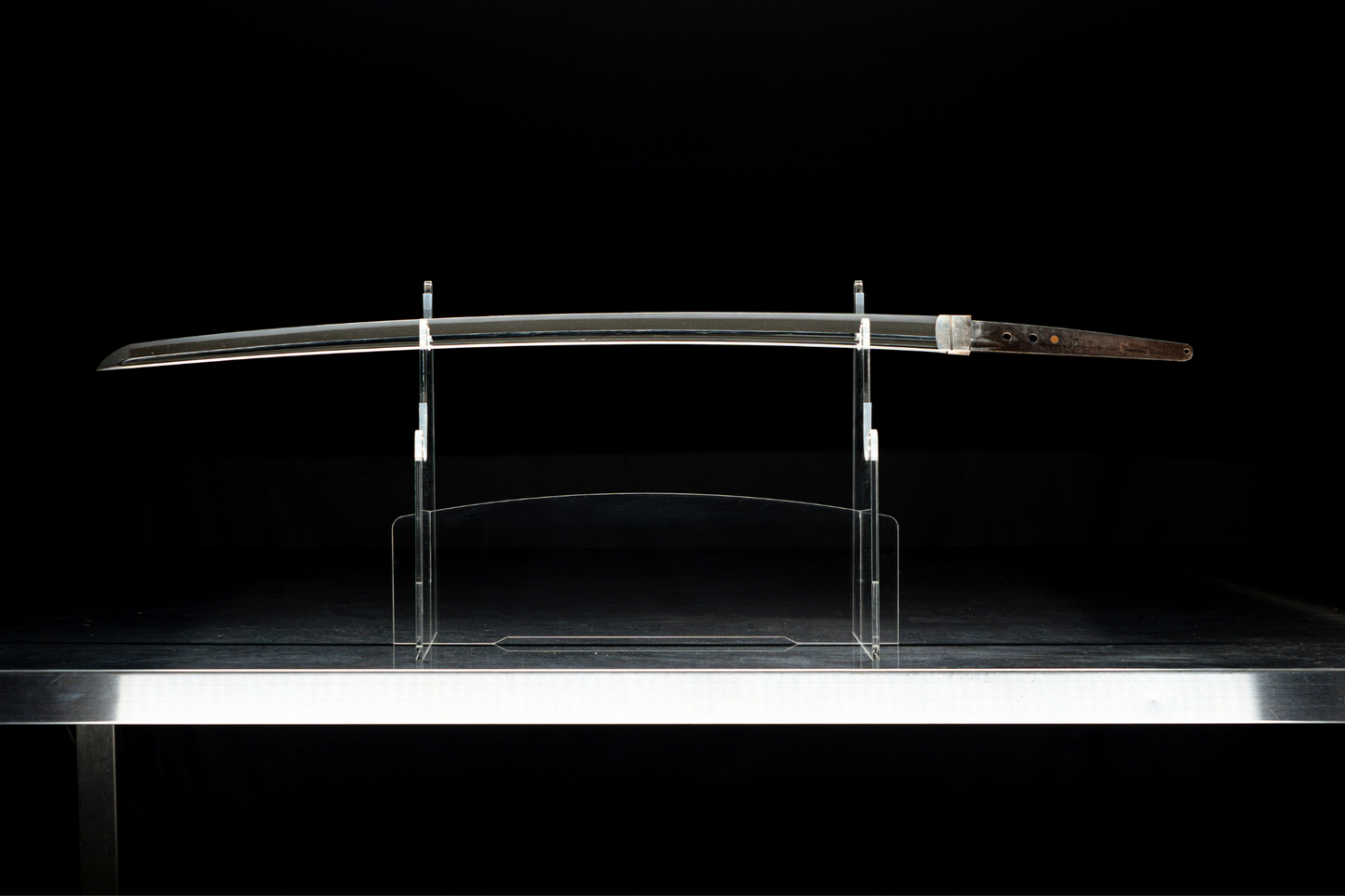
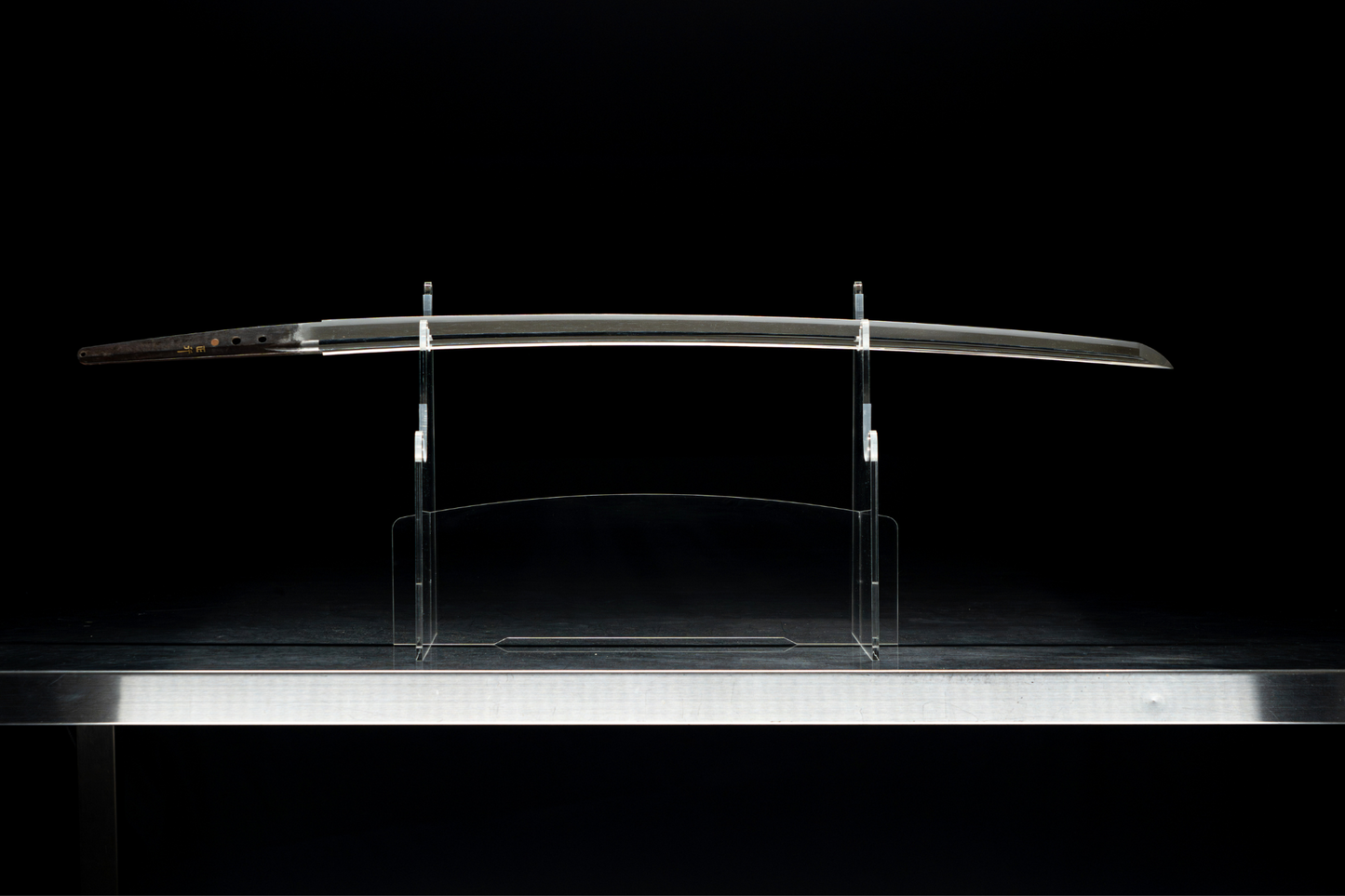
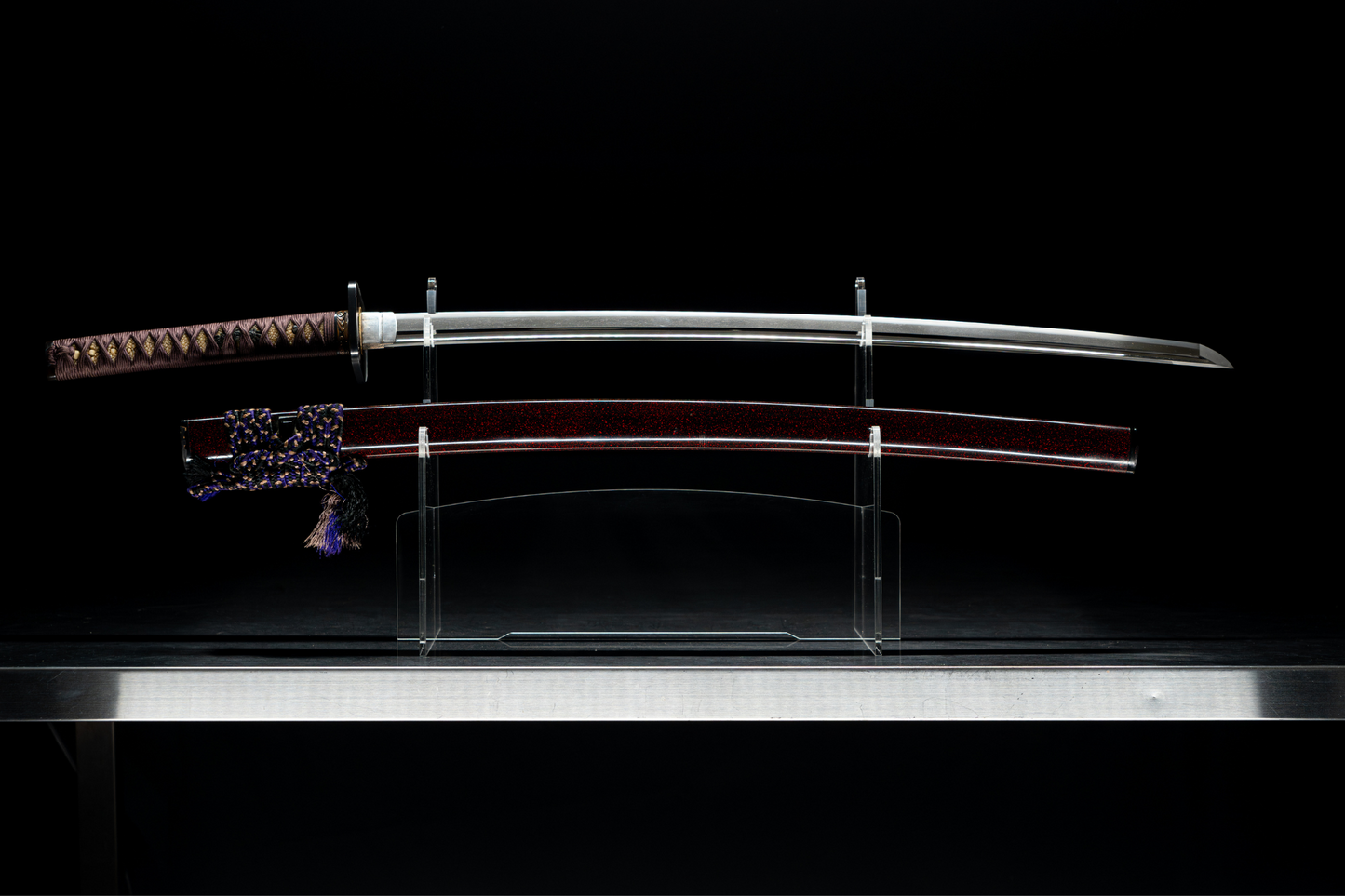
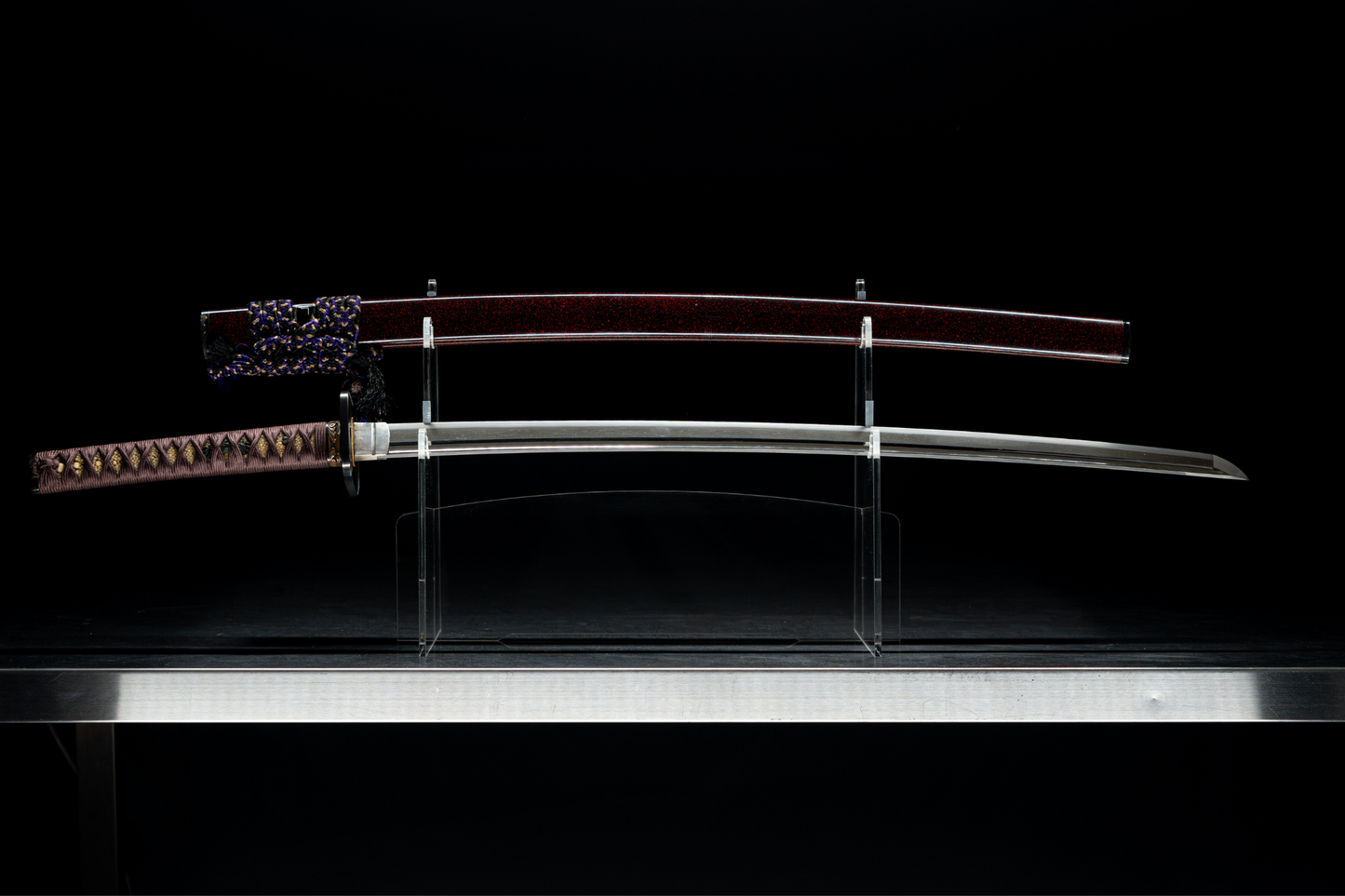
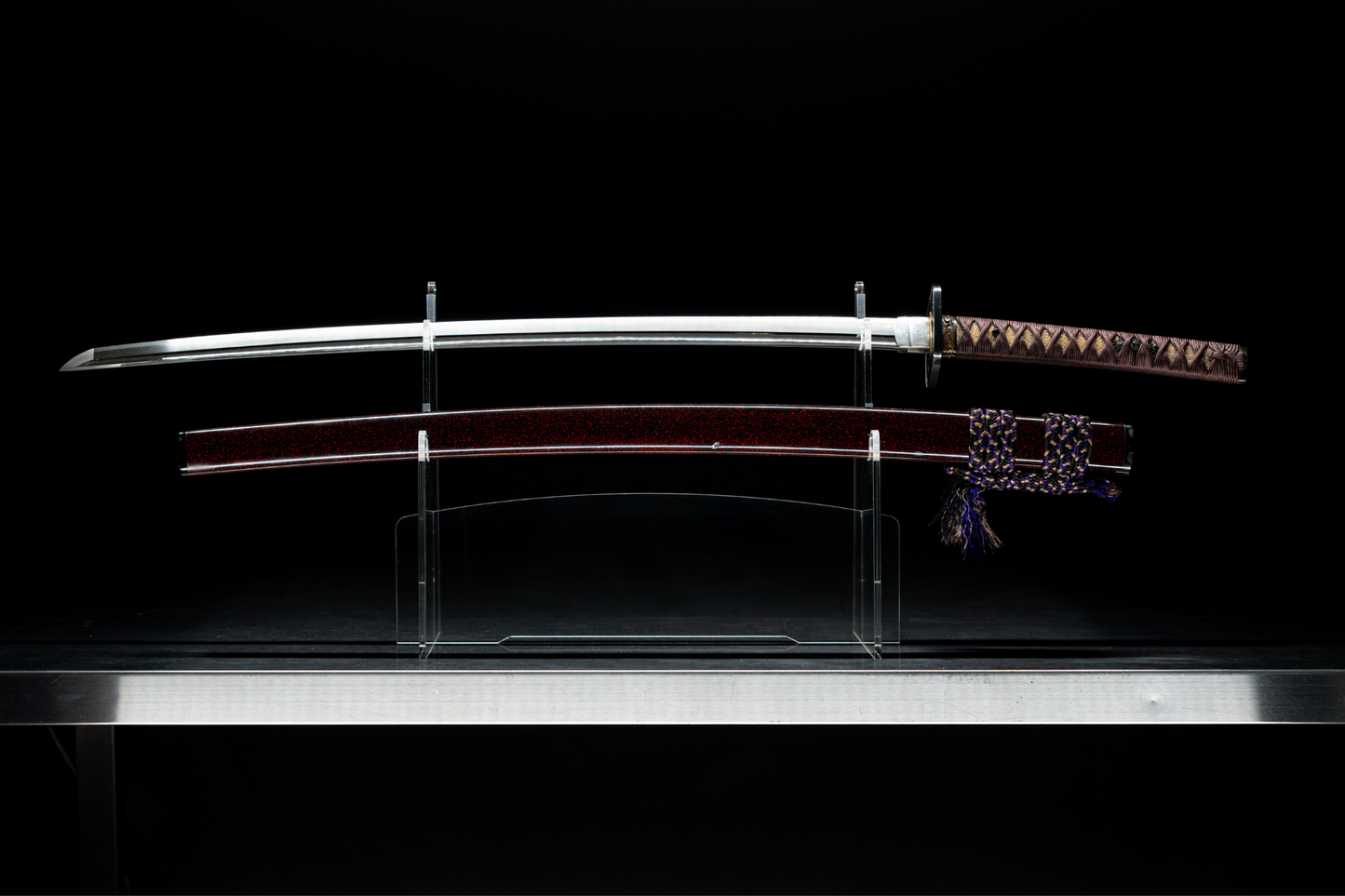

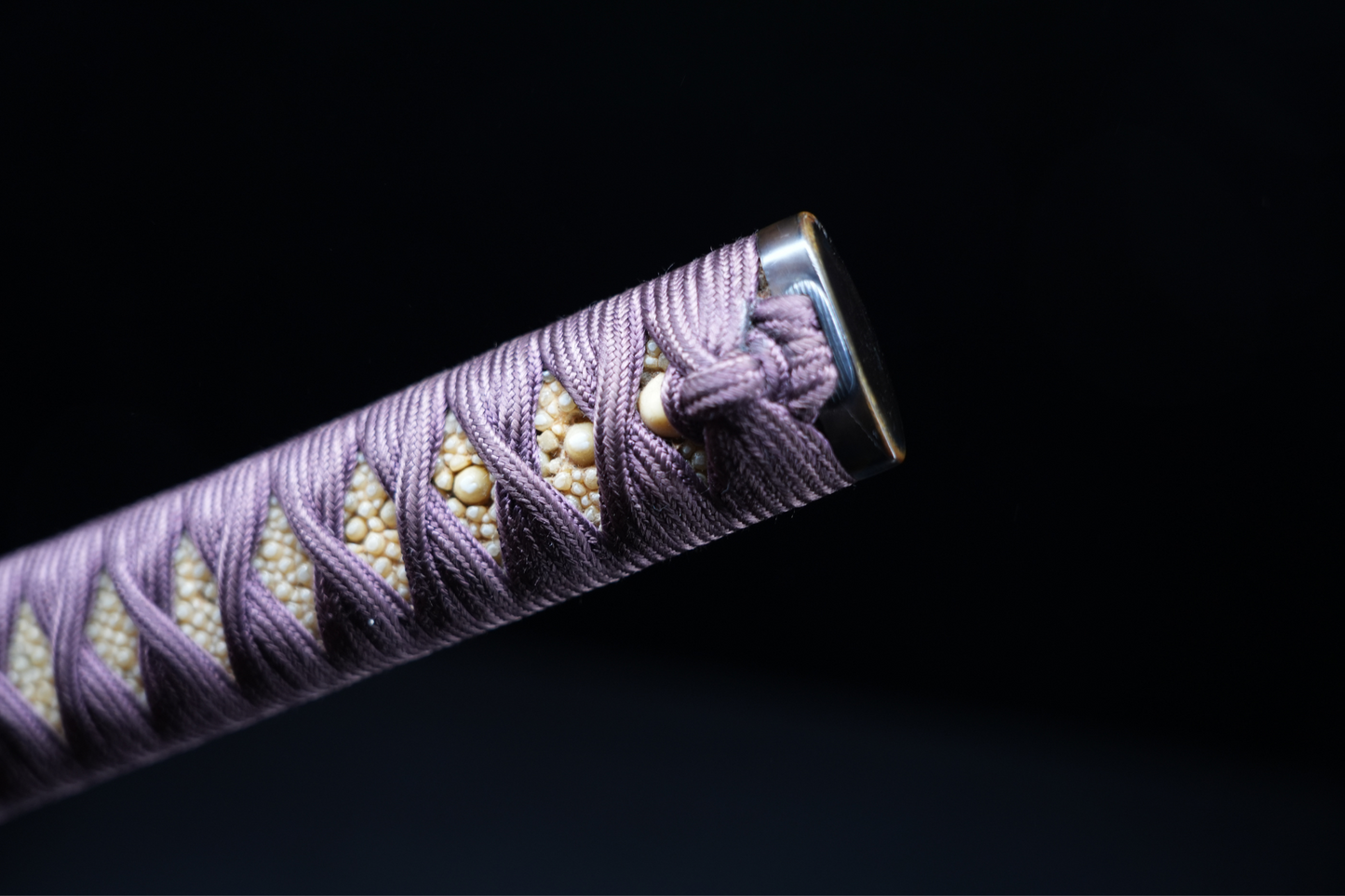
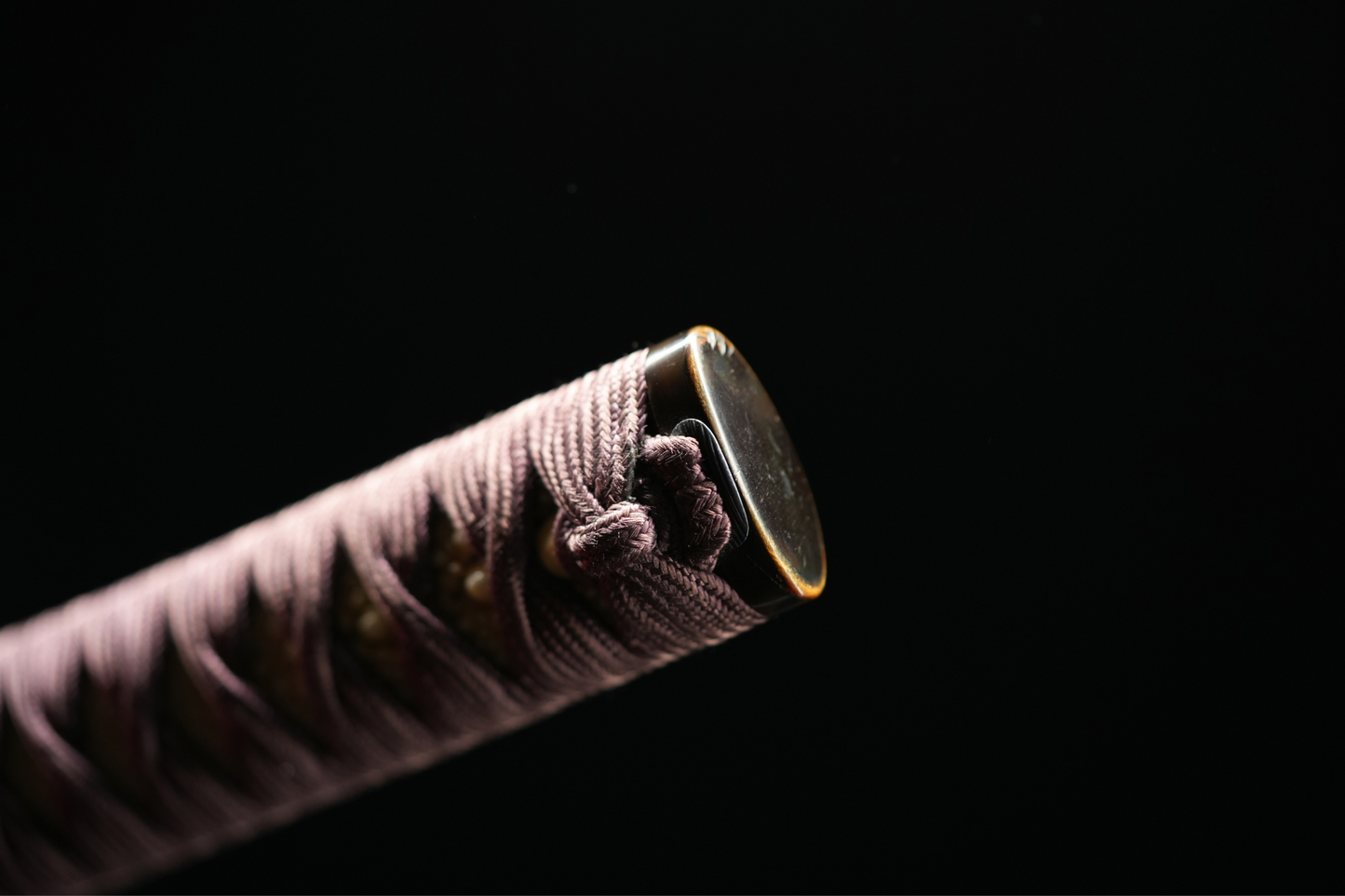
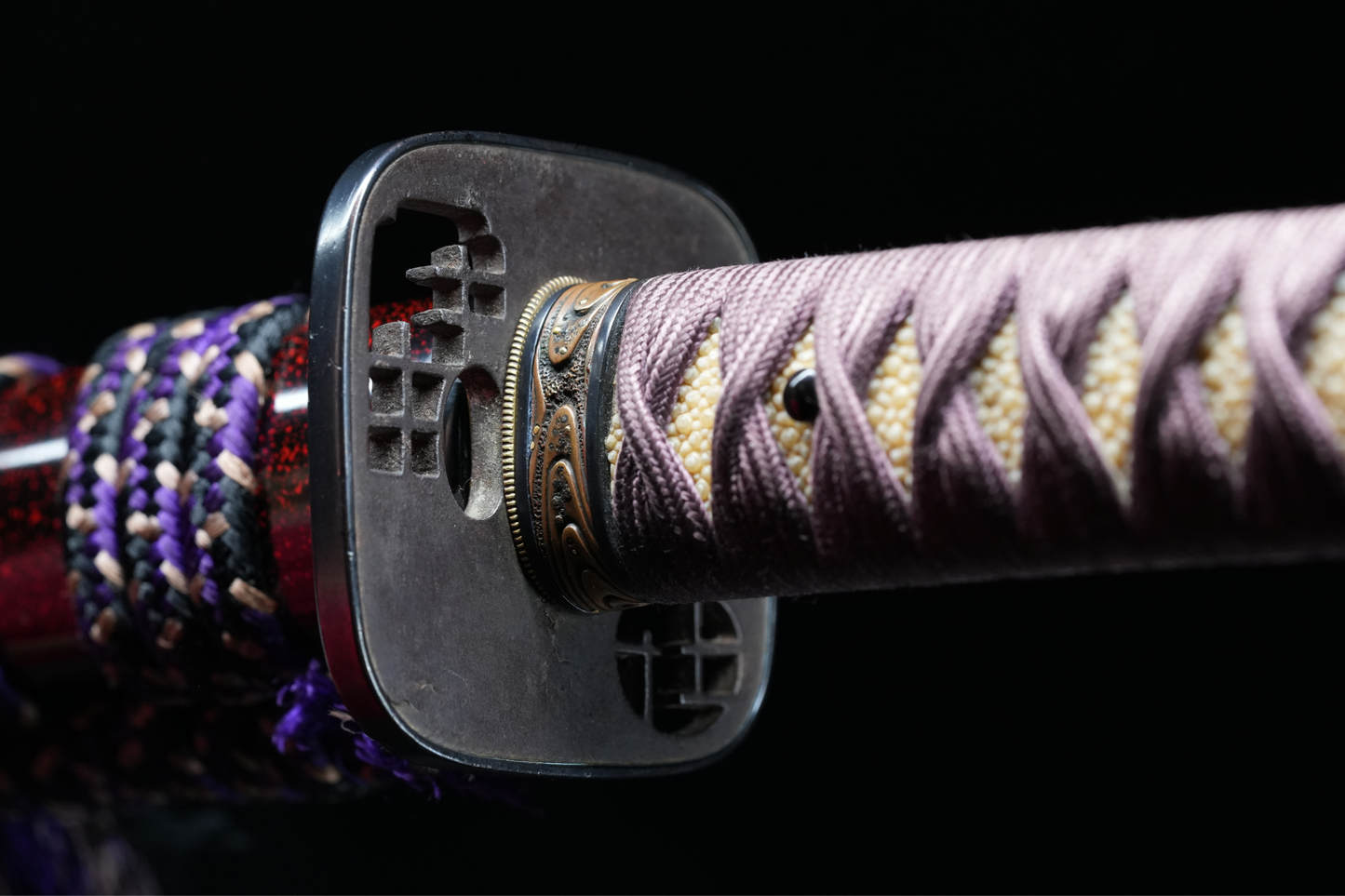
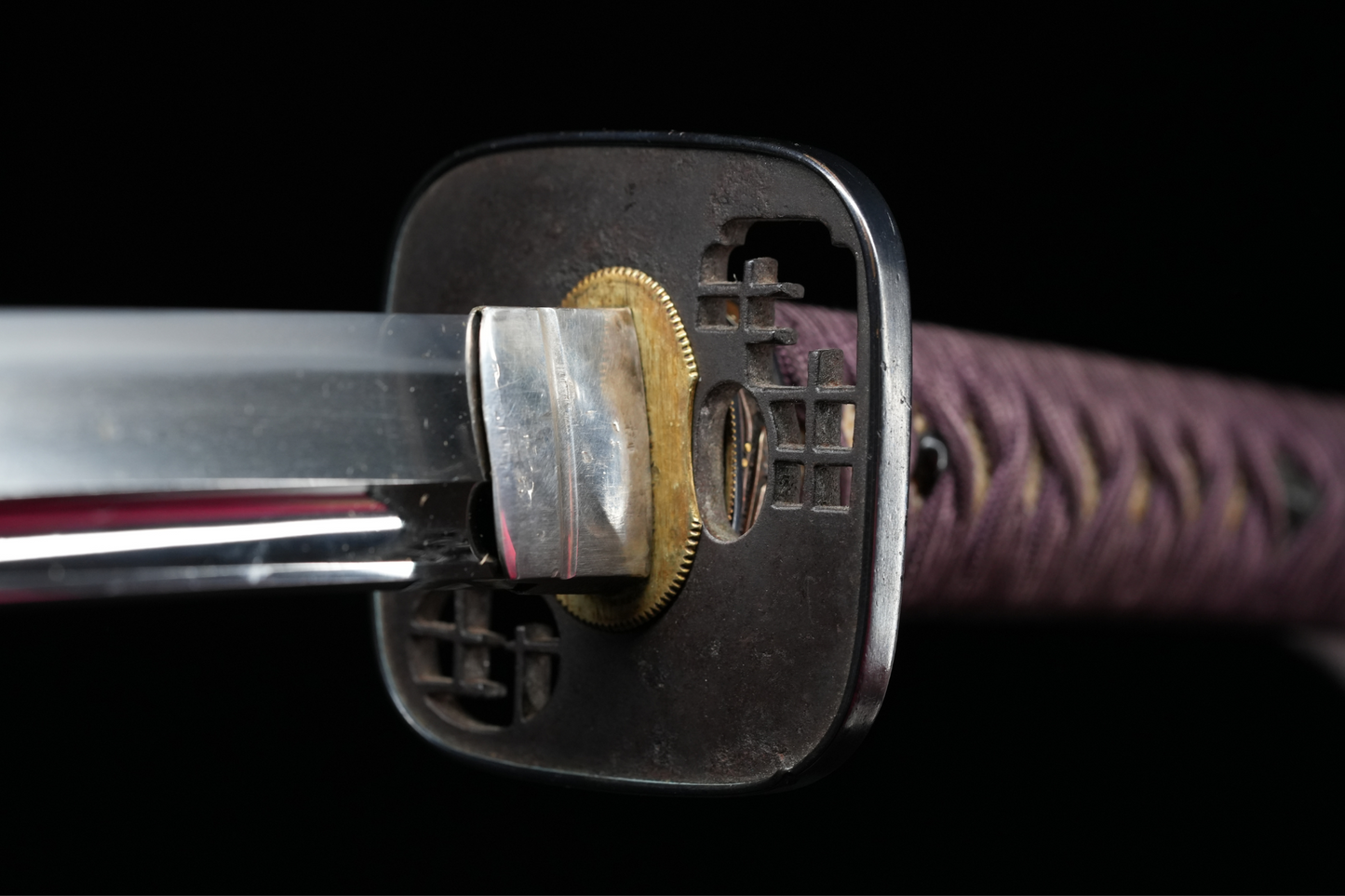
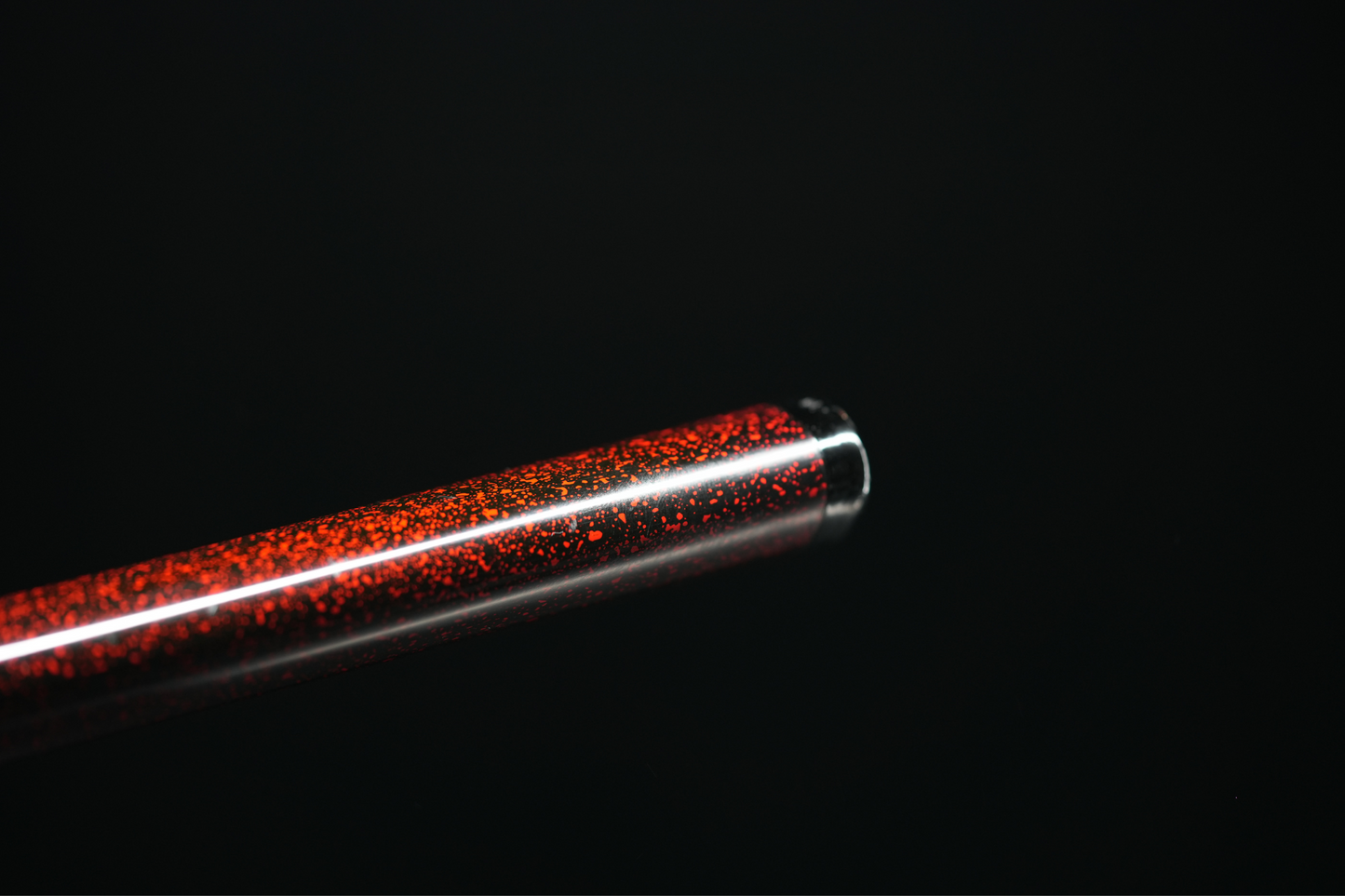
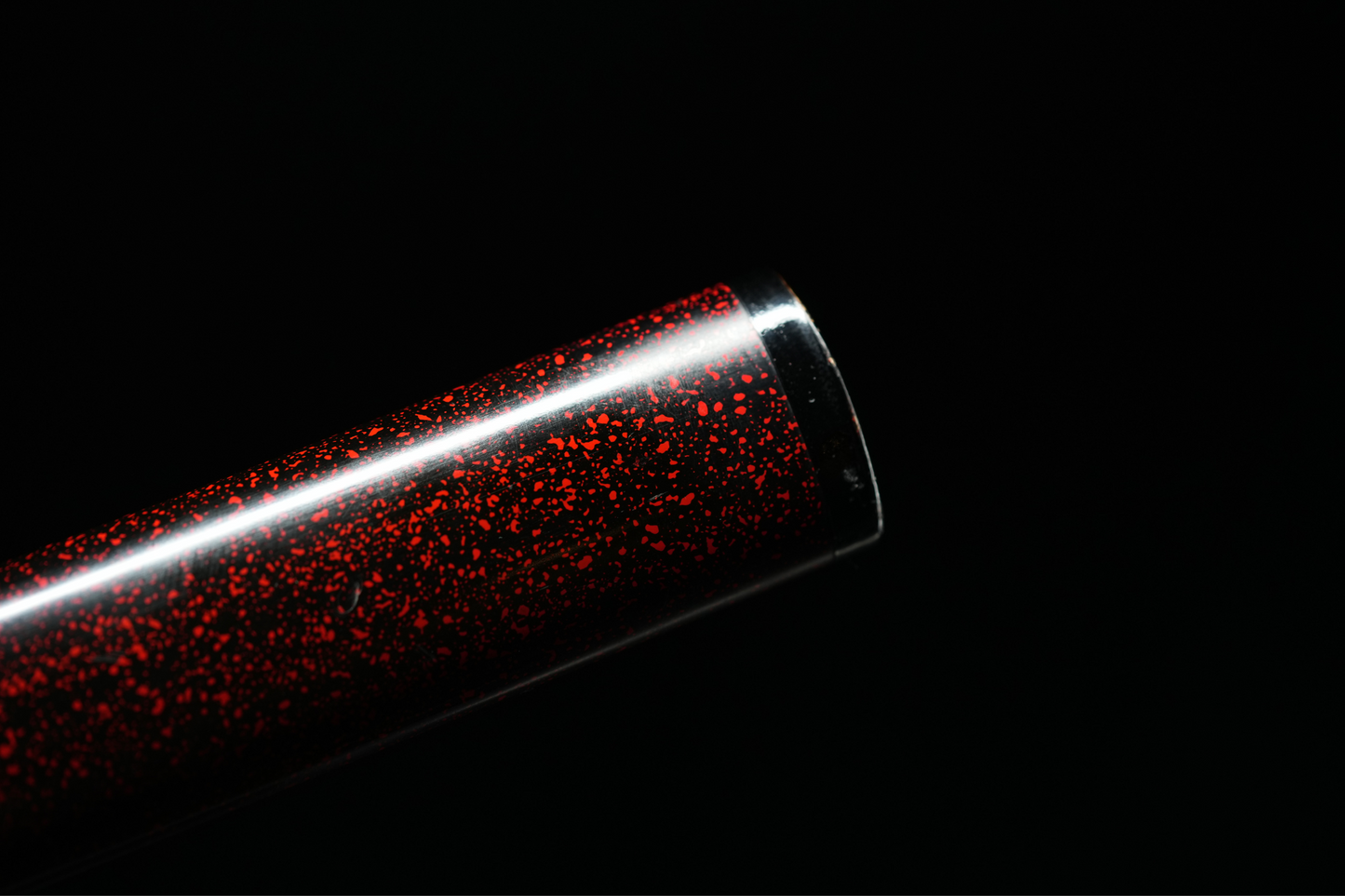
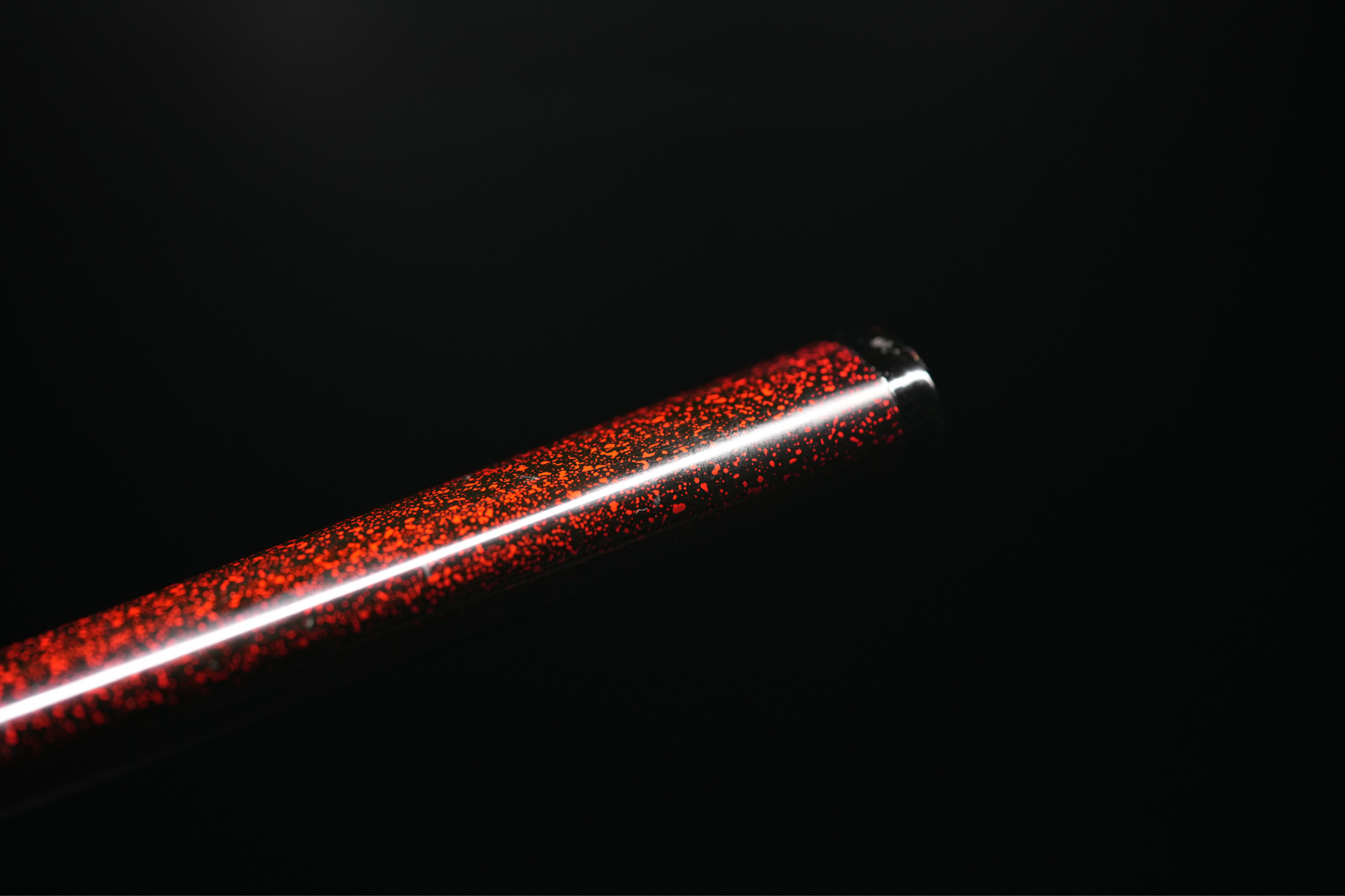
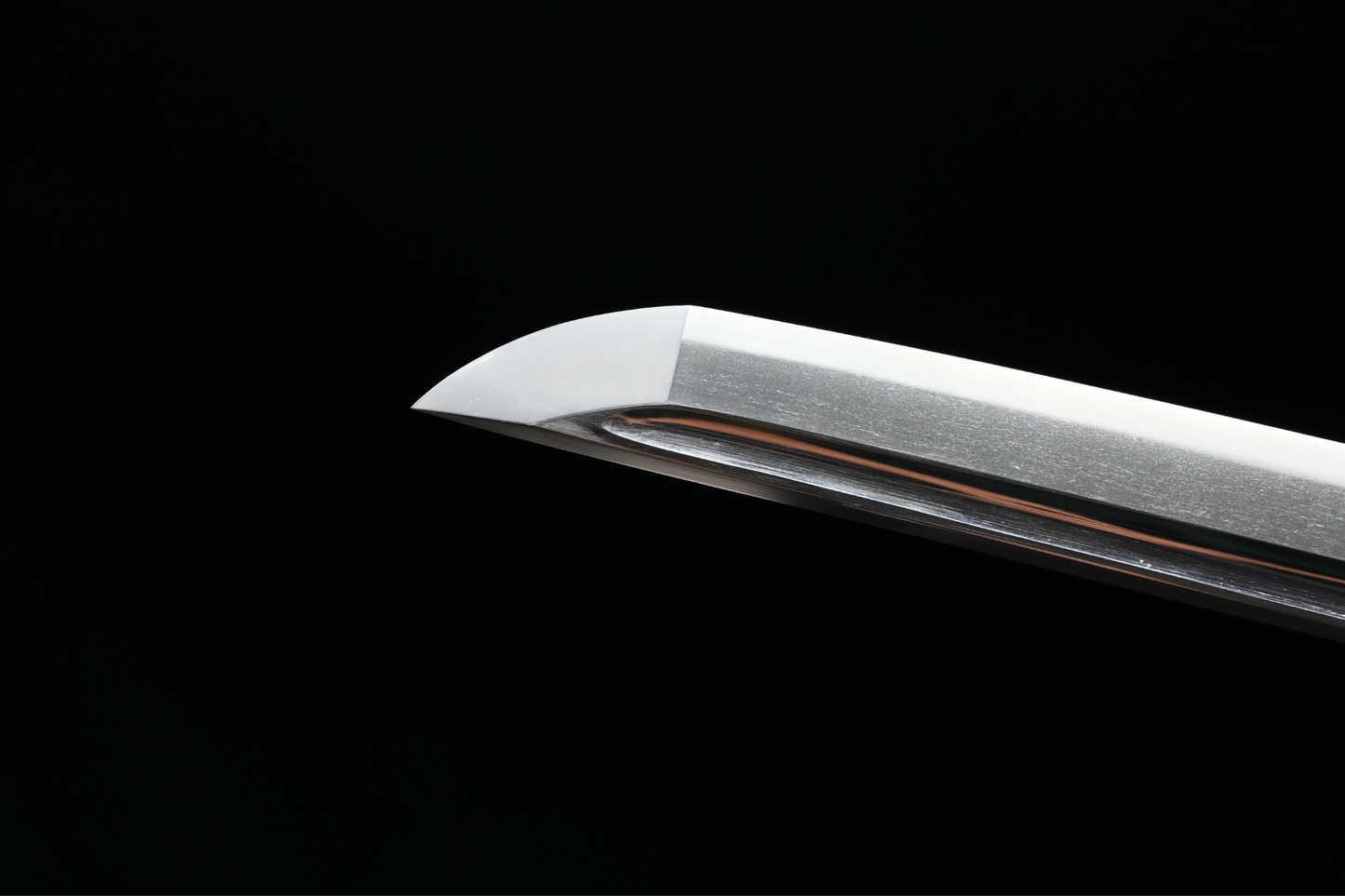
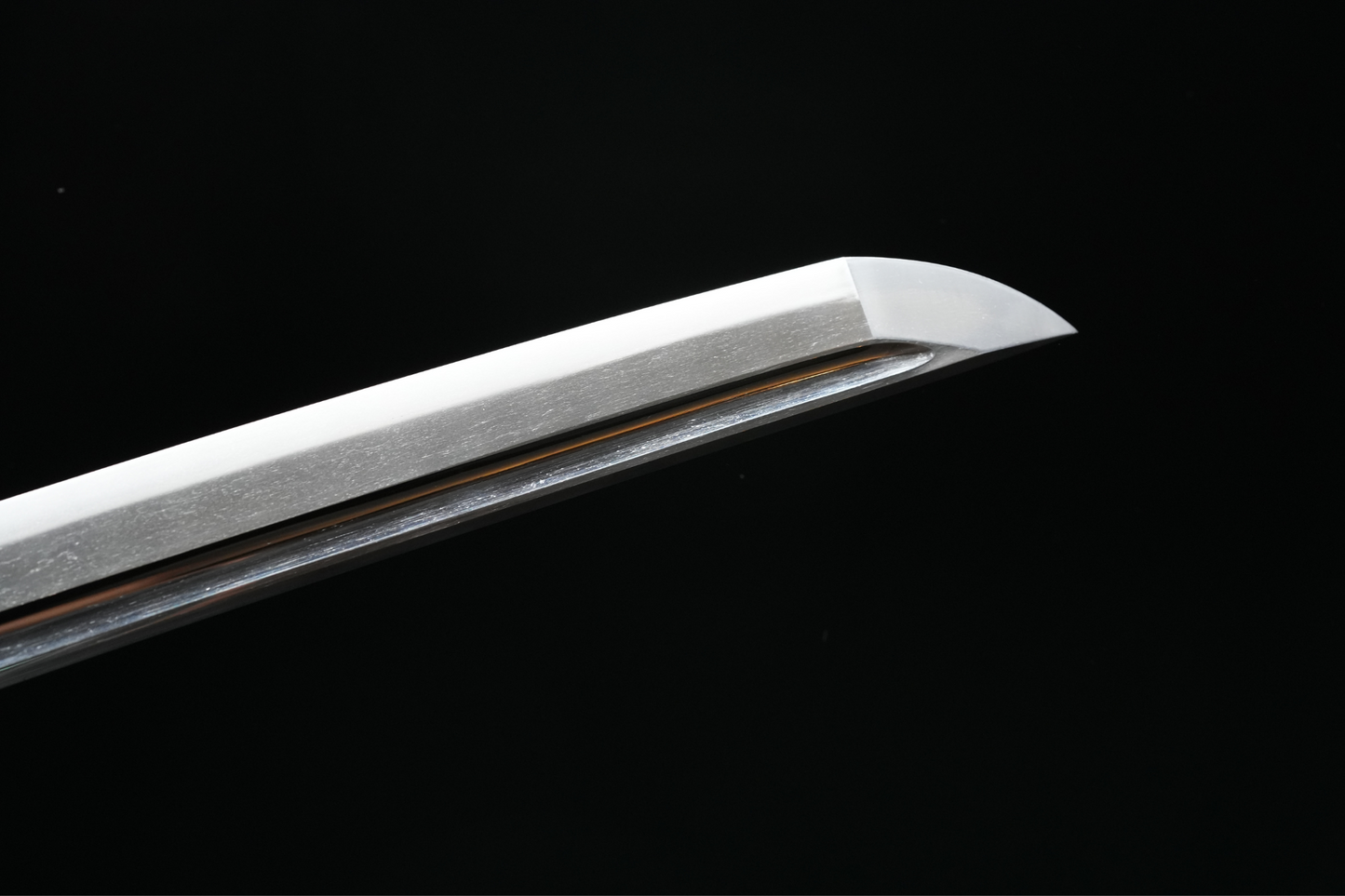
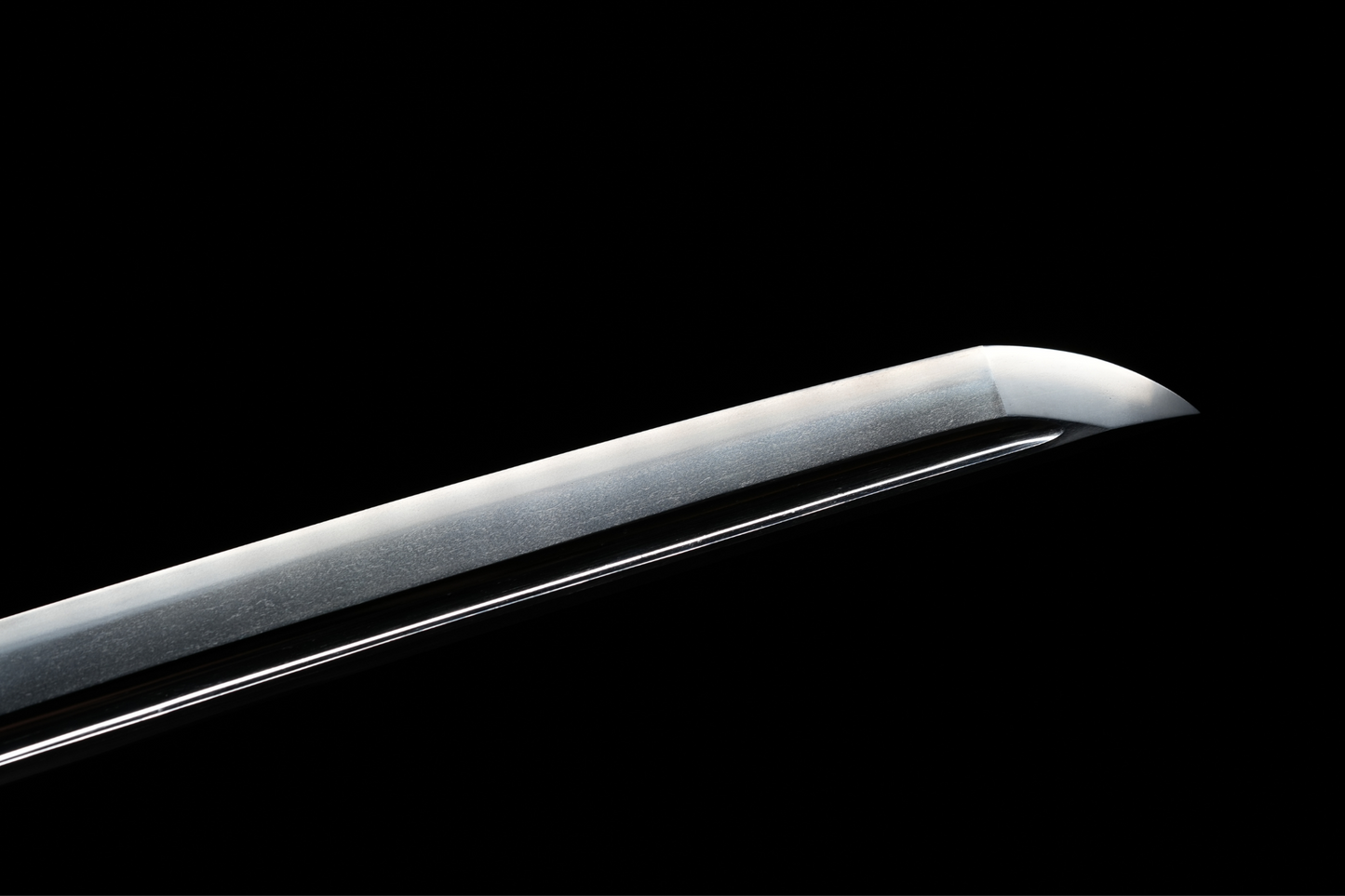
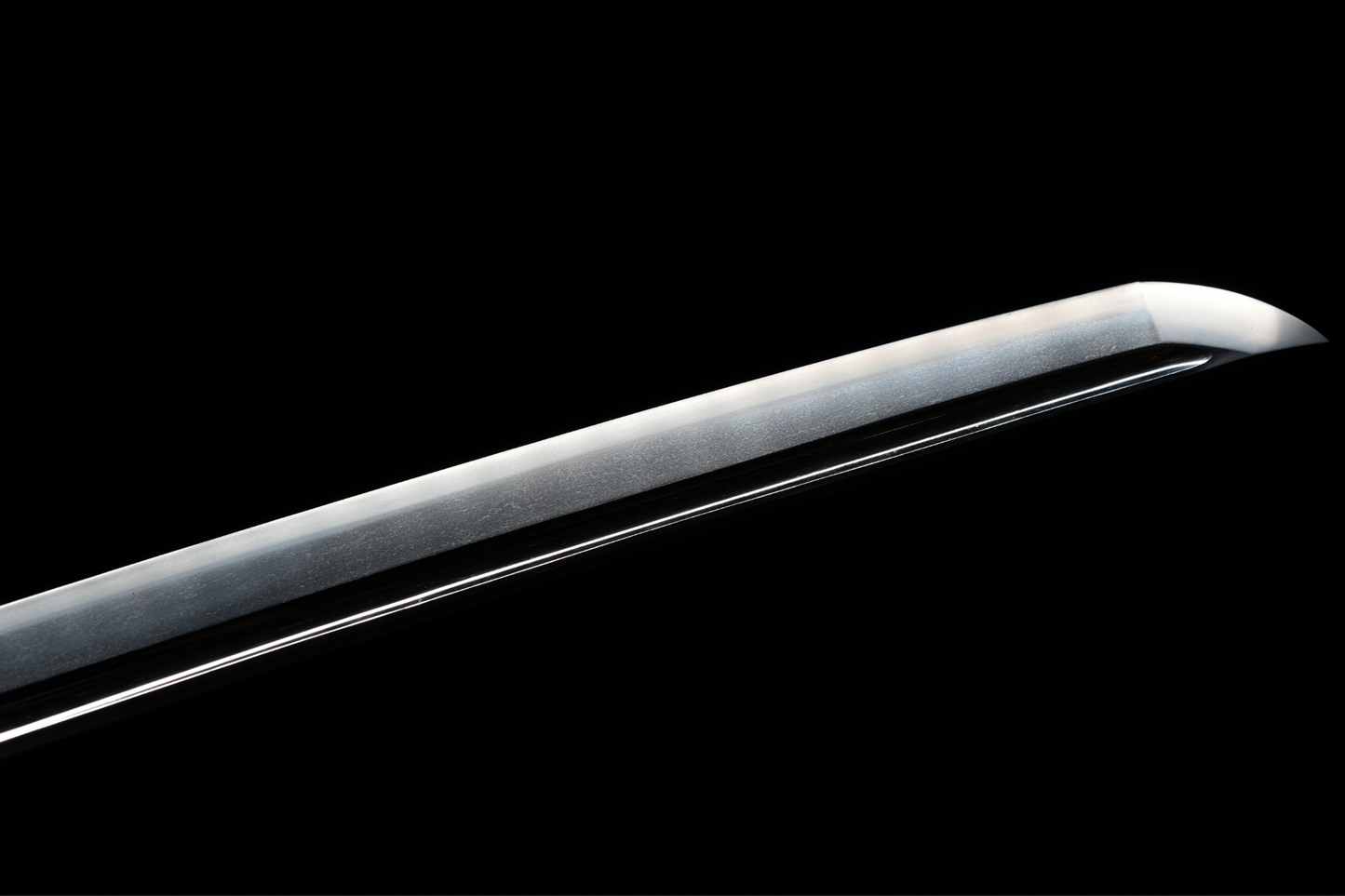
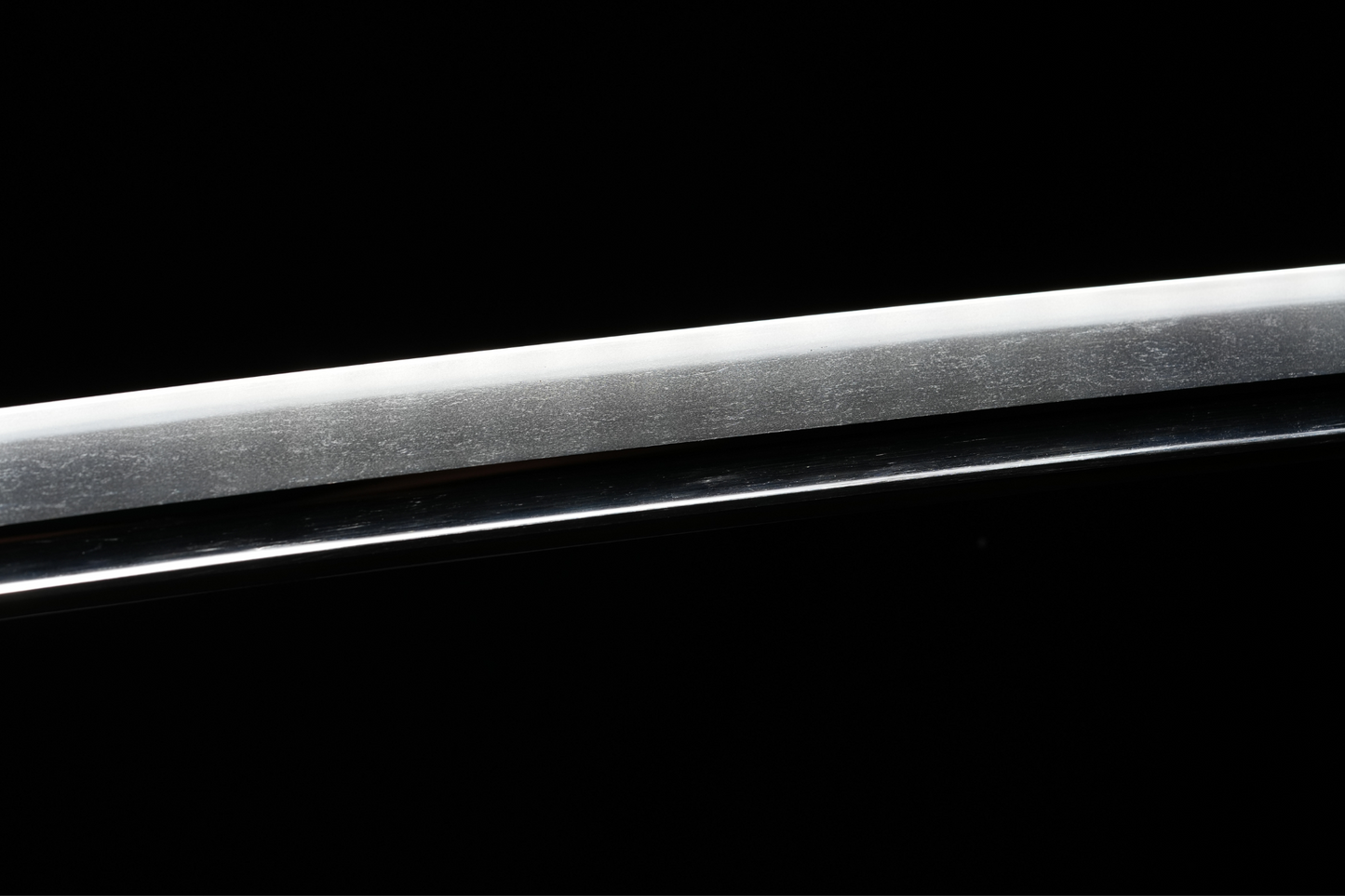
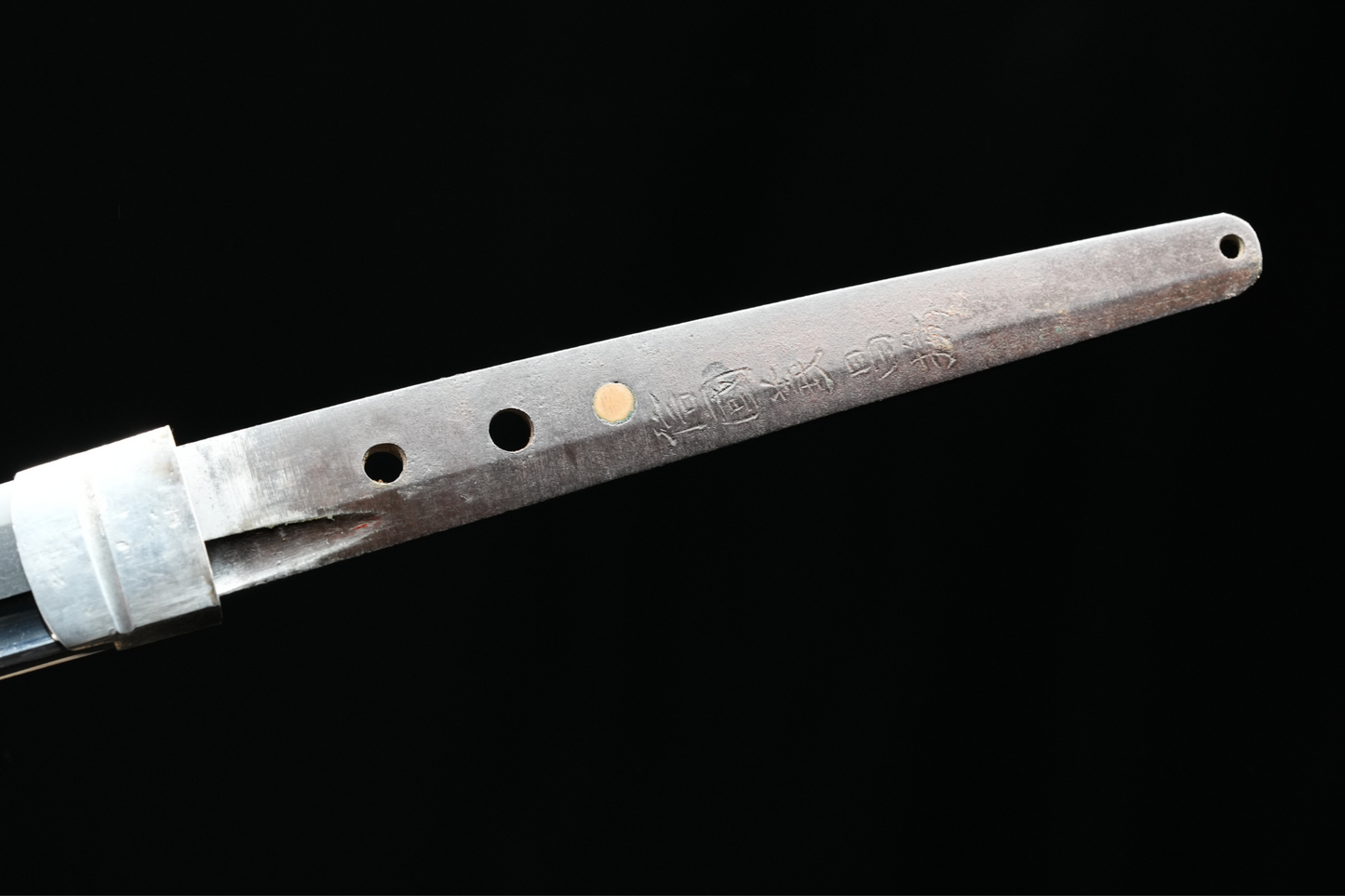
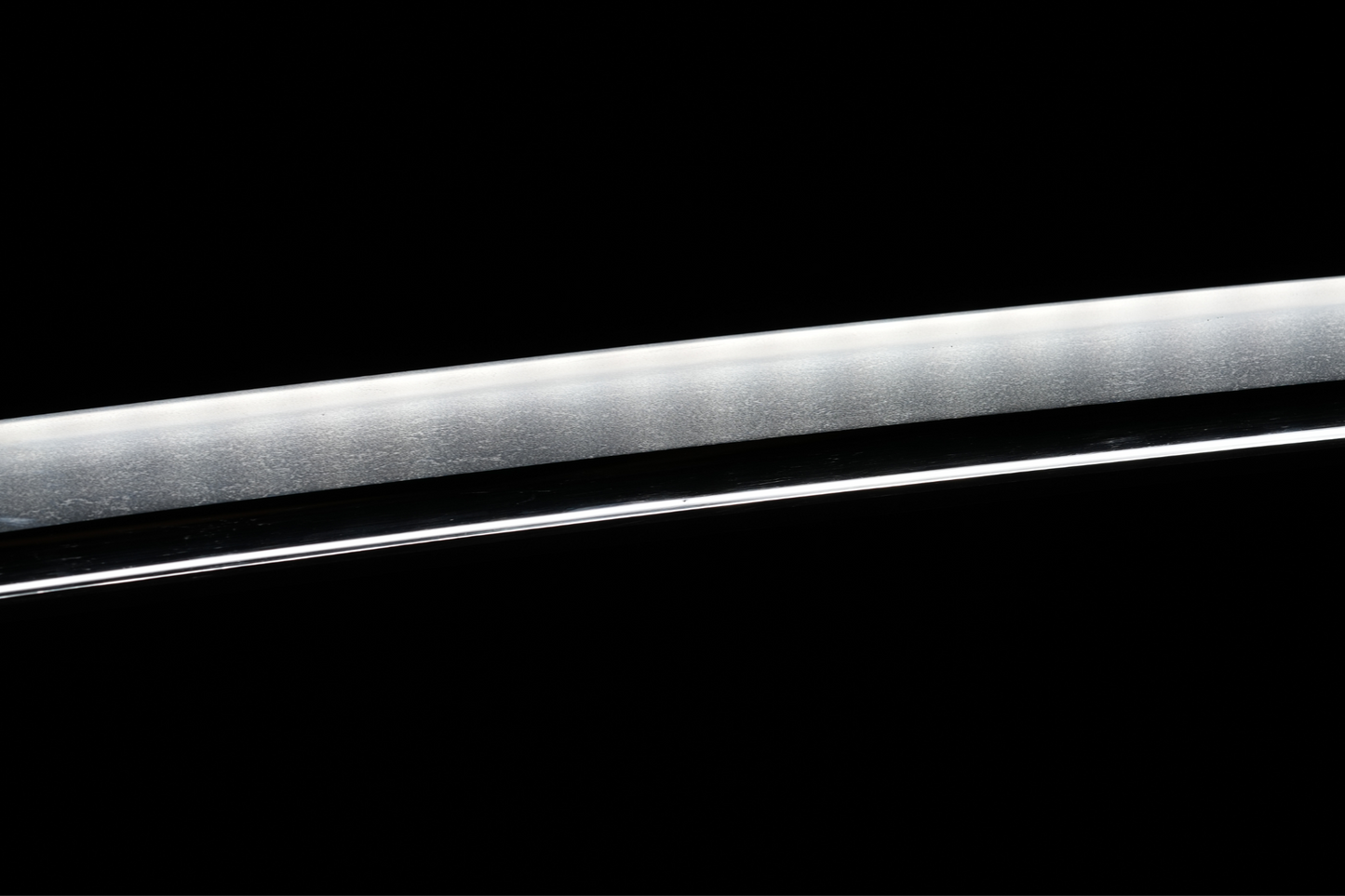
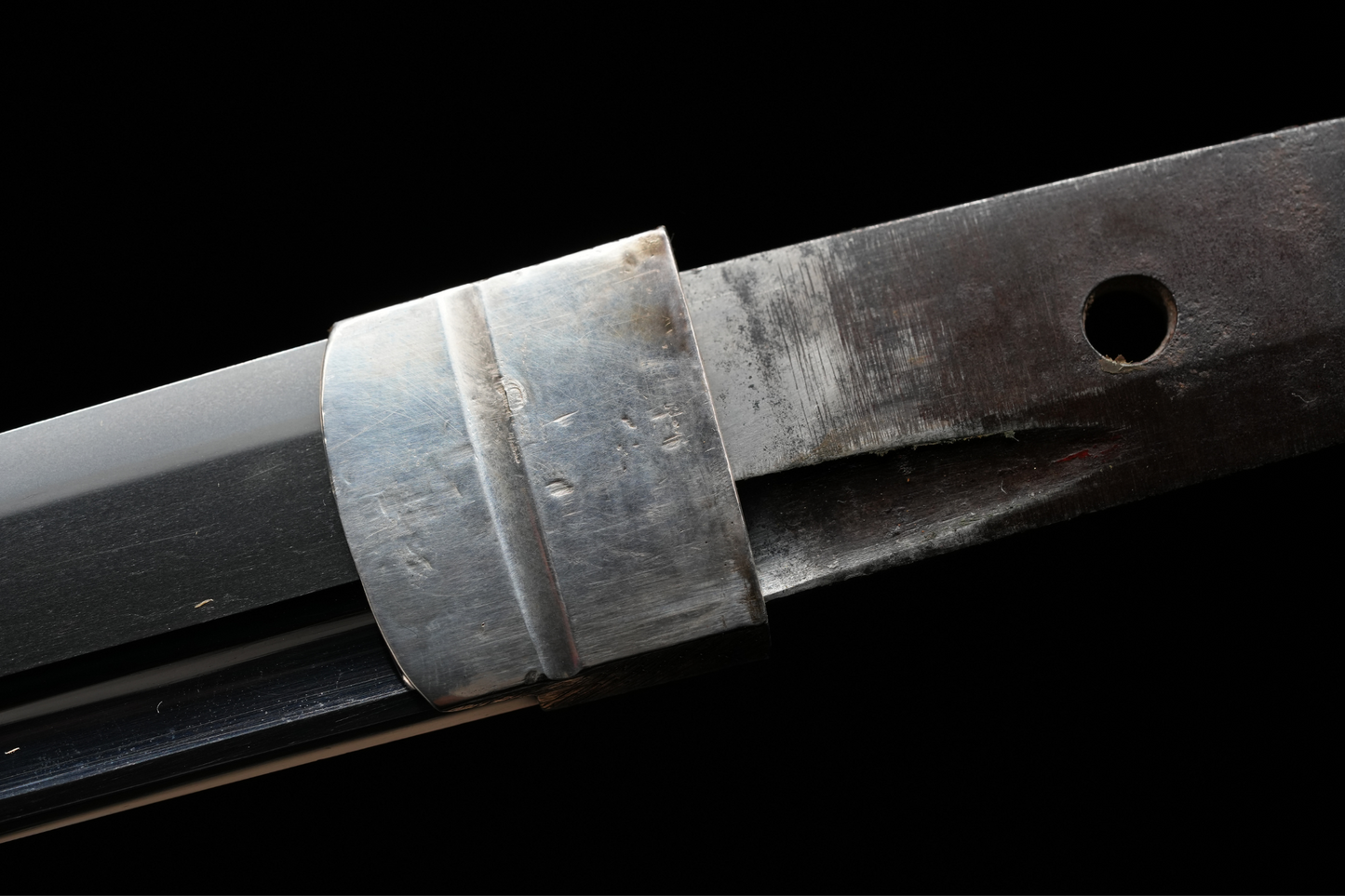
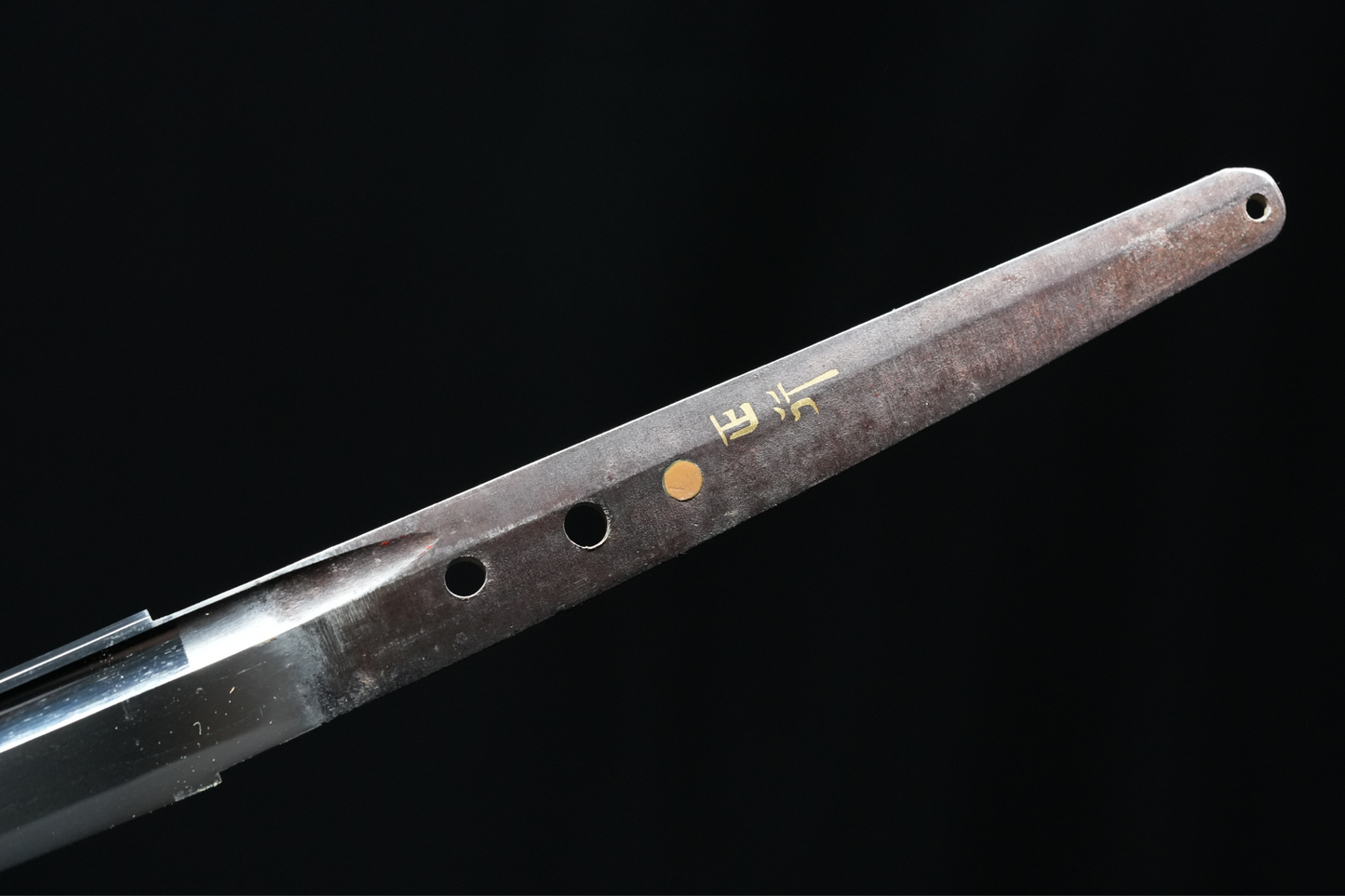
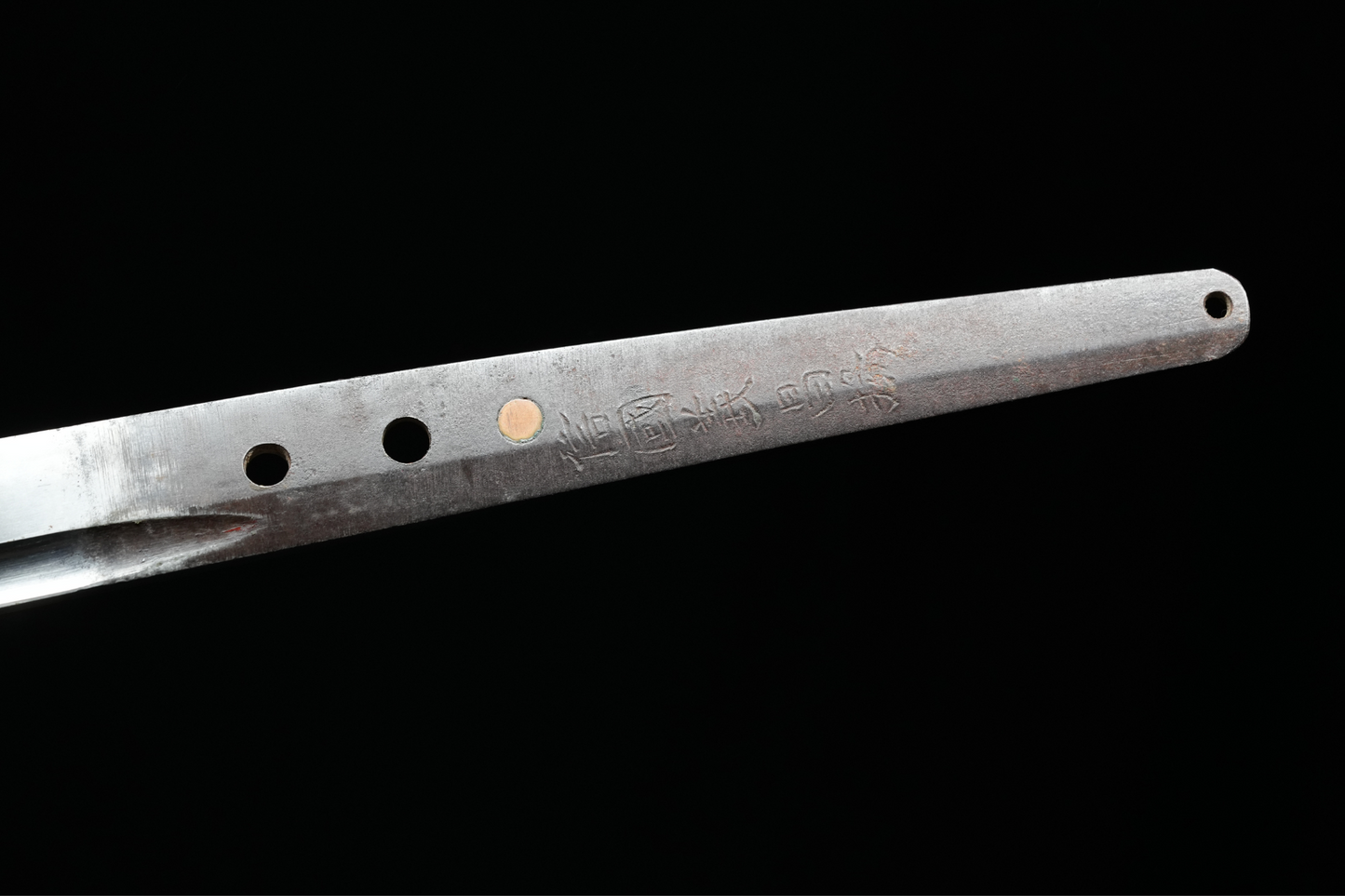
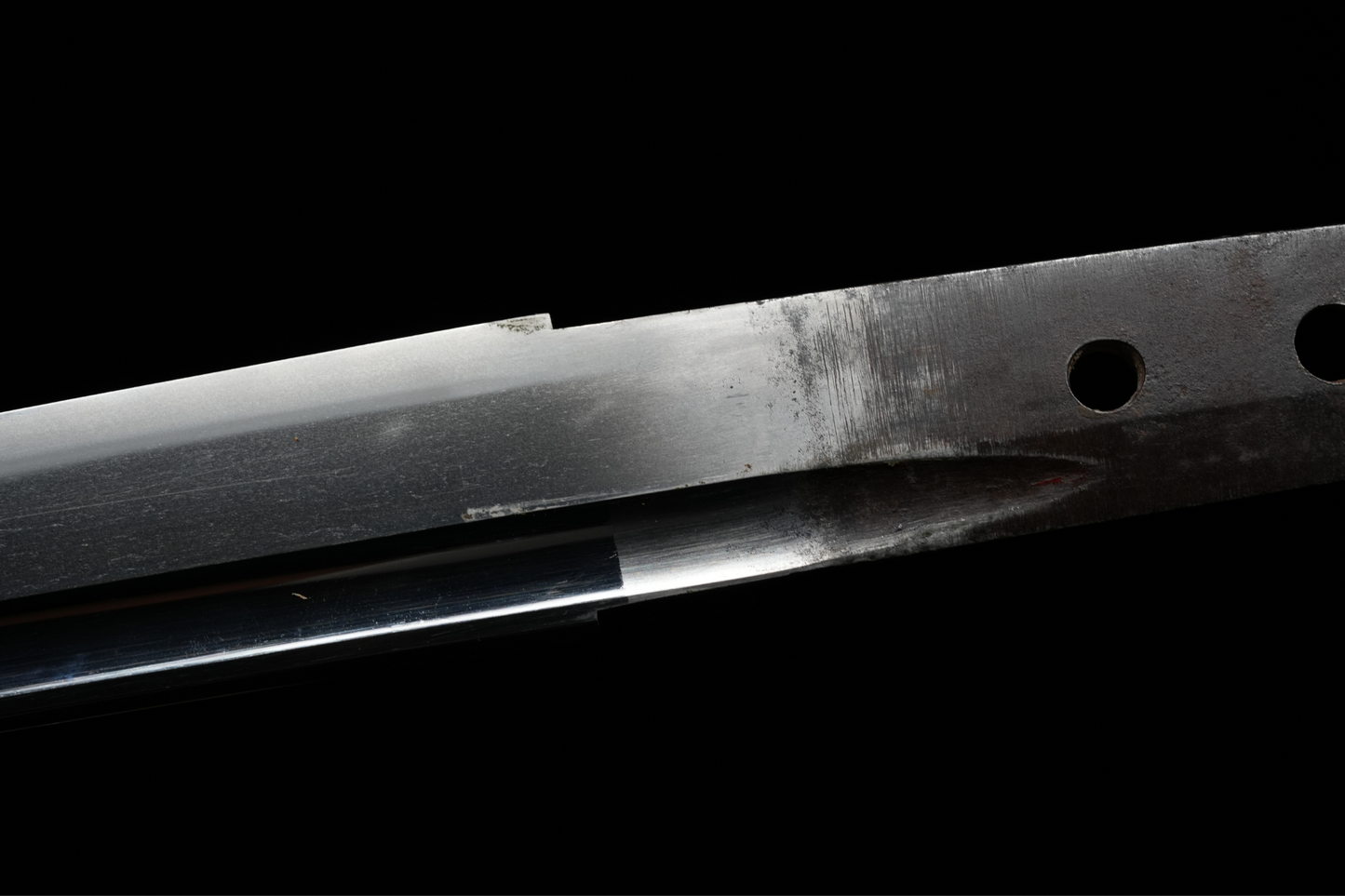
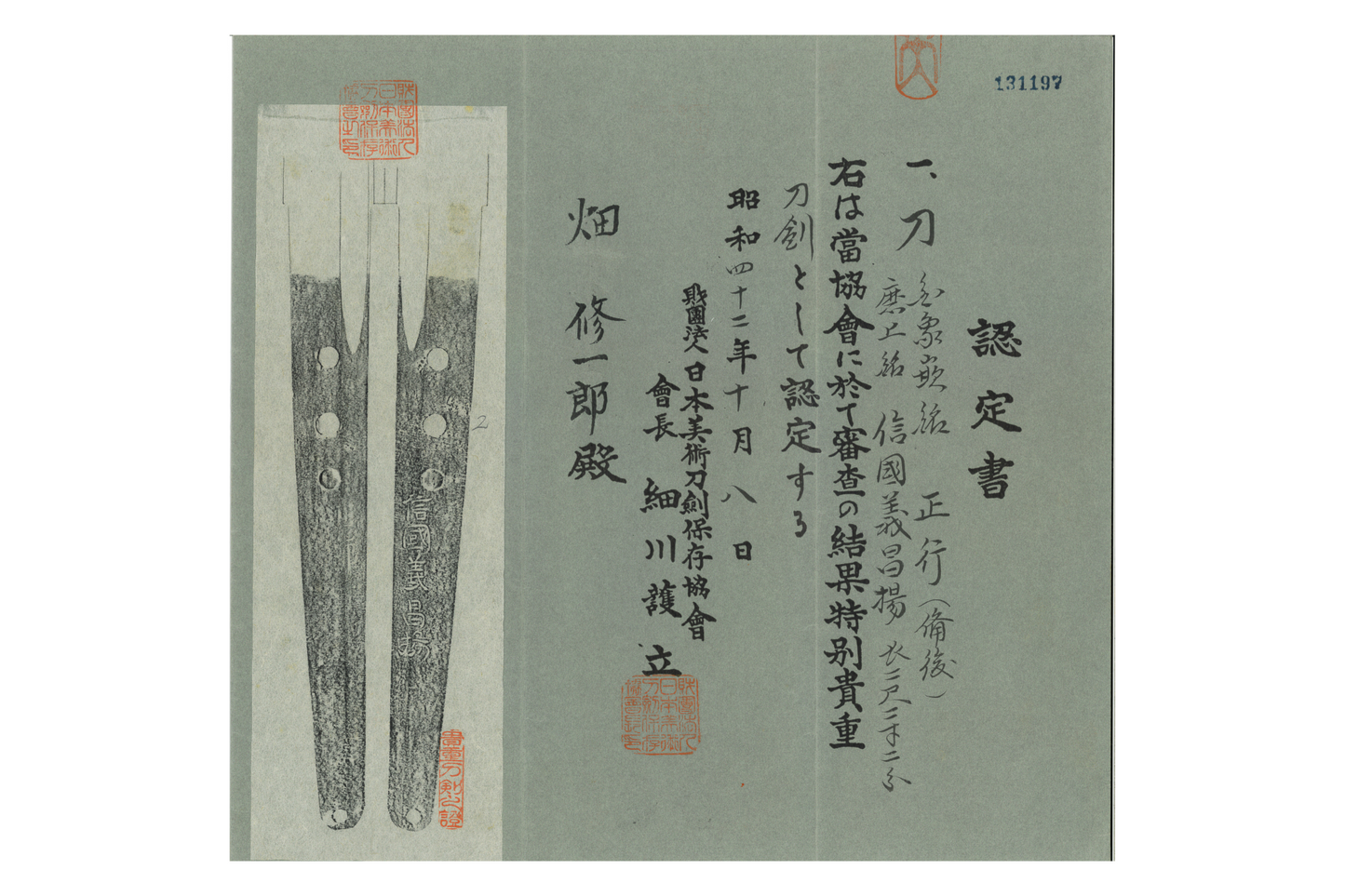
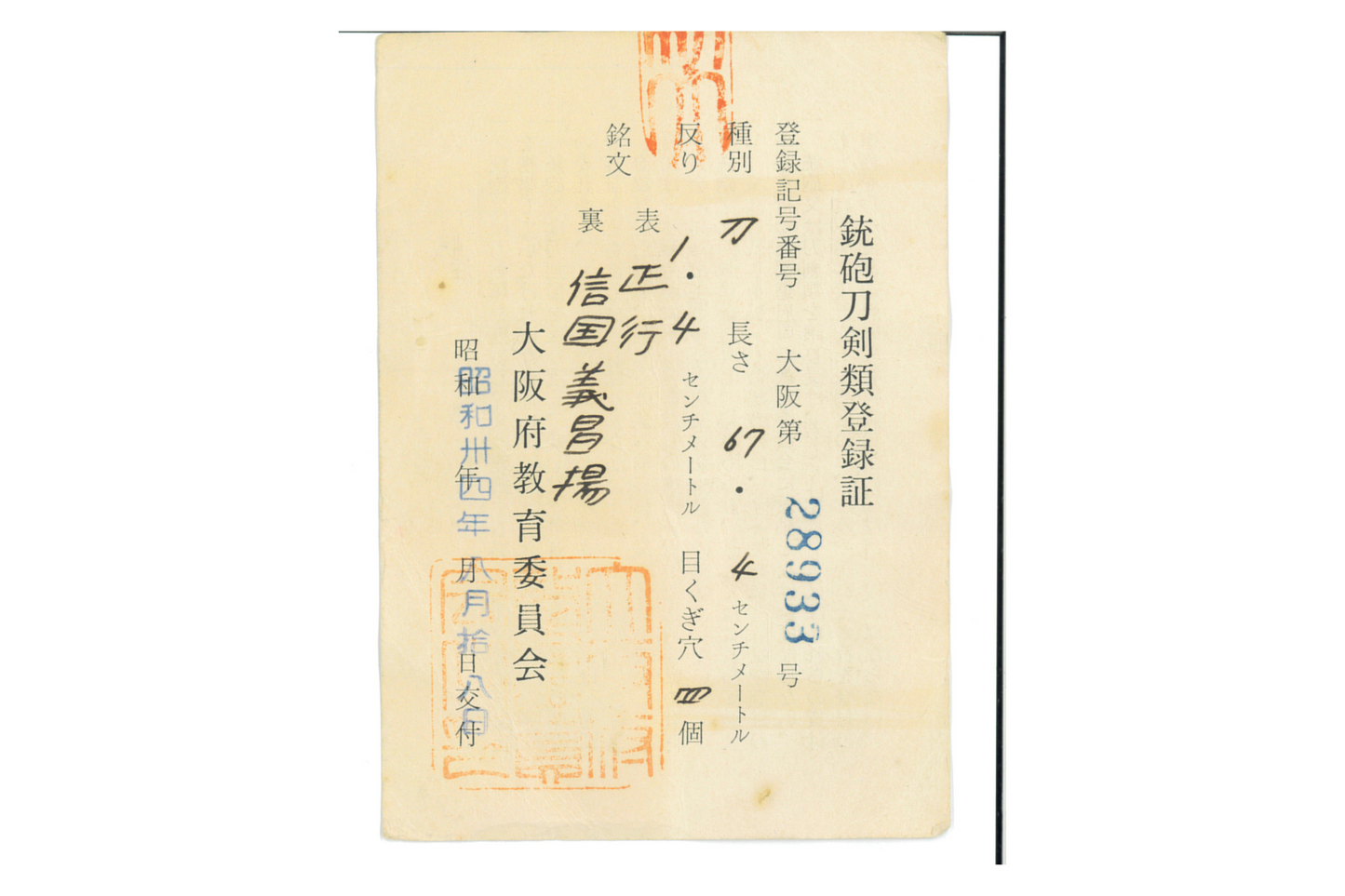
Collapsible content
Payment
You can pay by Bank card or Bank transfer. If you wish to use bank transfer please contact us using the form bellow with the name of the sword you are willing to buy.
Customs and Taxes
・Import duties, taxes and charges are not included in the item price or shipping charges. These charges are the buyer’s responsibility.
・Please check with your country’s customs office to determine what these additional costs will be prior to bidding/buying.
・These charges are normally collected by the delivering freight (shipping) company or when you pick the item up - do not confuse them for additional shipping charges.
Shipping and Return
- Swords are shipped from Tokyo, Japan. We manage all the procedures to export the sword.
- You can't return sword to Japan because procedures are too strict.
- We work with a shipping company that have experience with Nihonto so you don't have to worry.
- Please check the rules of your country before importing the sword. We do not take any responsibility, including (not limited to) refund, due to the above reasons.
Export Procedure (We manage it)
・All our swords are registered in the Agency for Cultural Affairs as artwork and The Board of Education(Cultural properties protection Committee); therefore each sword has the registration card, issued by the Board of Education.
・After receiving the full payment of the items,we return the registration card and get the permission from Ministry of Cultural Affairs to export the swords legally from Japan. It will take about 20 business days to do this procedure.
・After the receiving the permission, we will inform you by email and send the items immediately.
